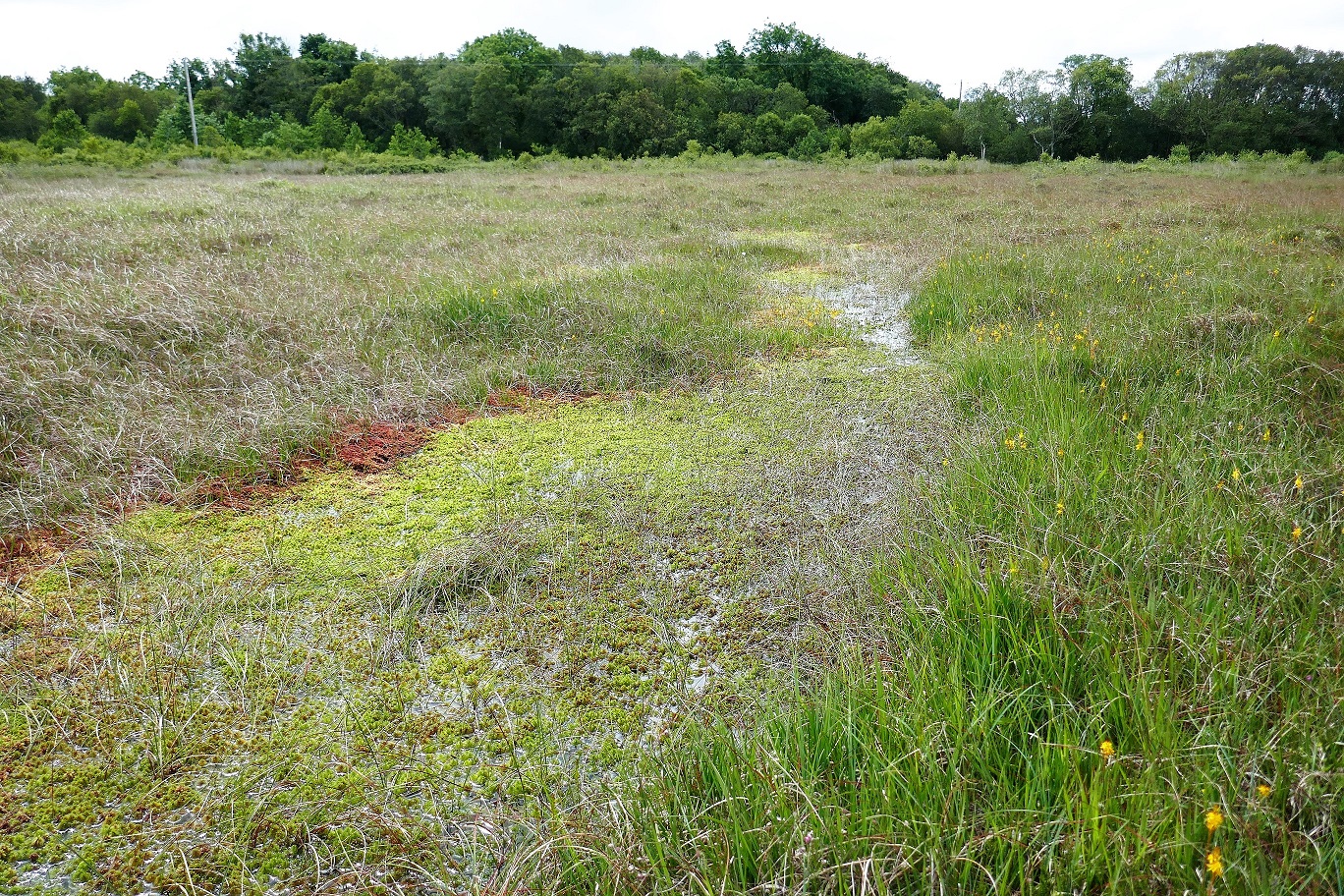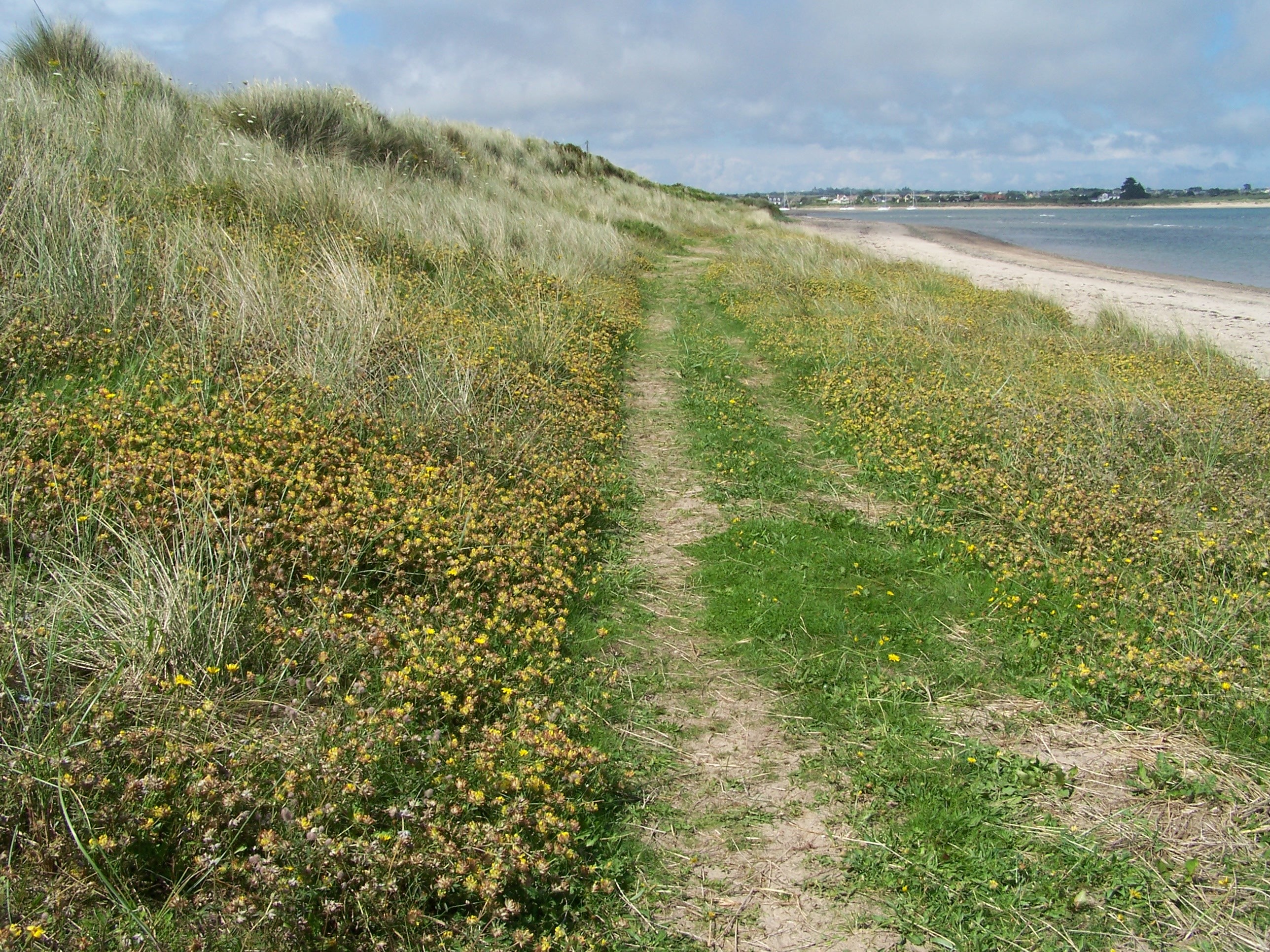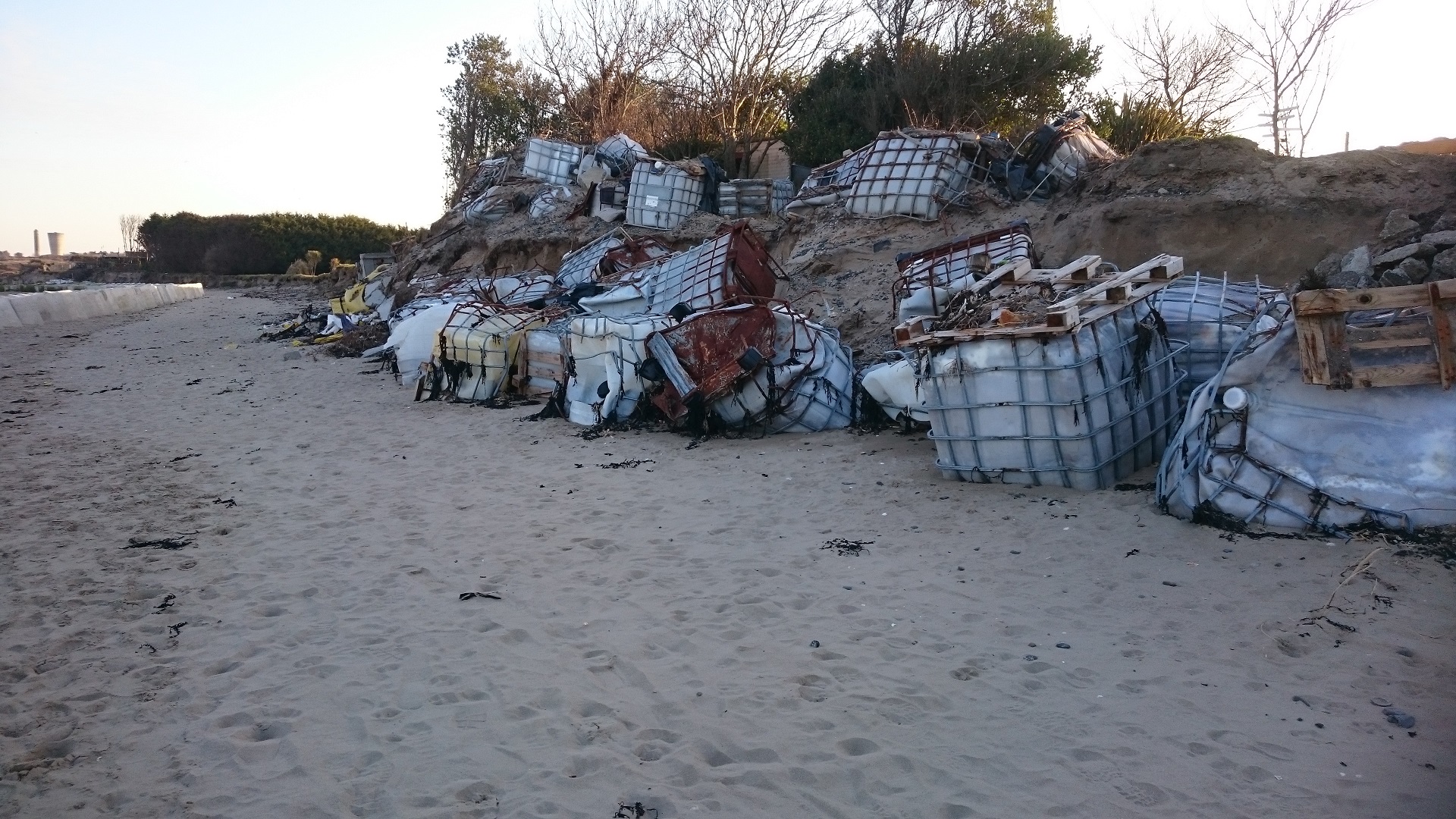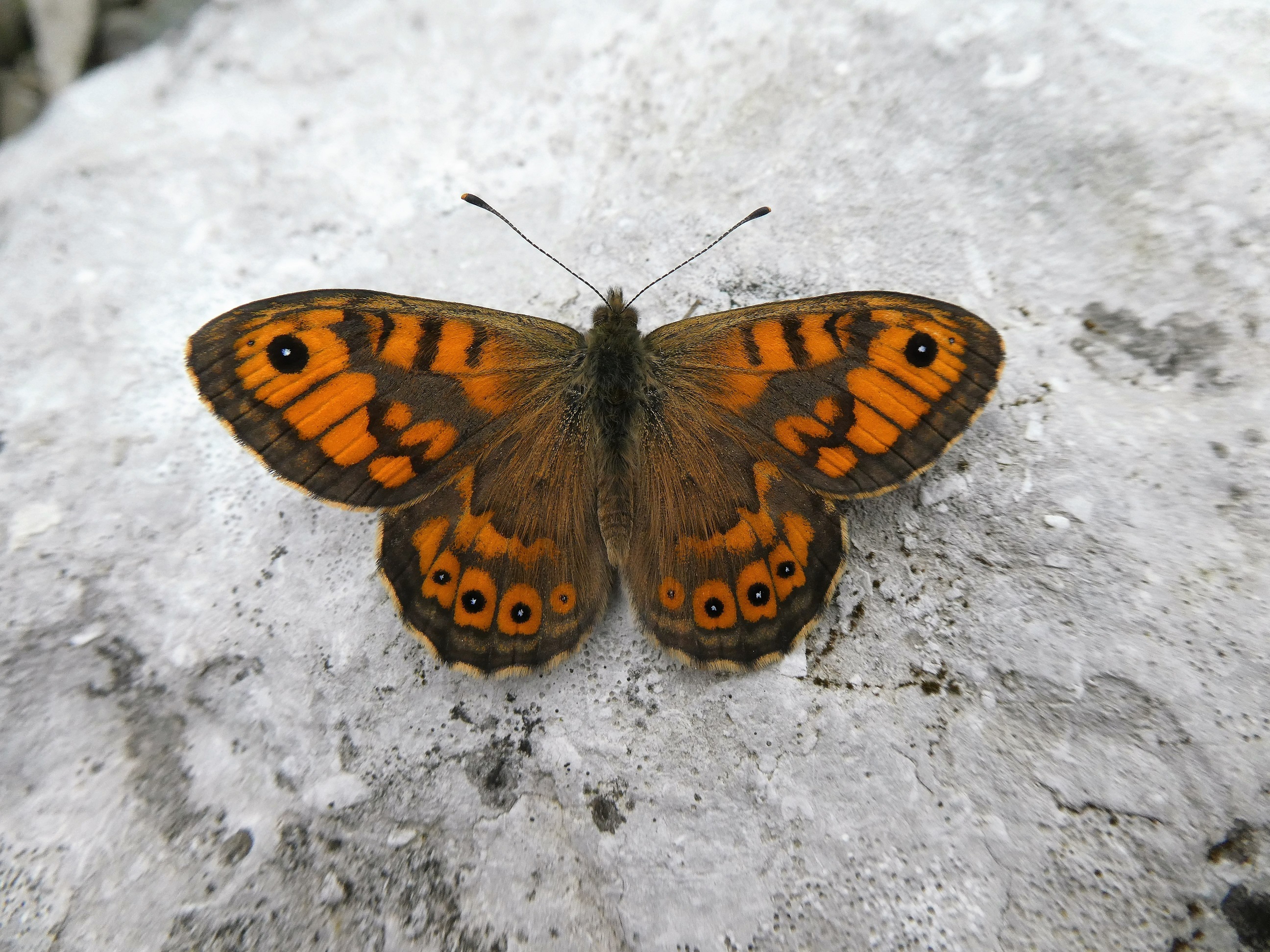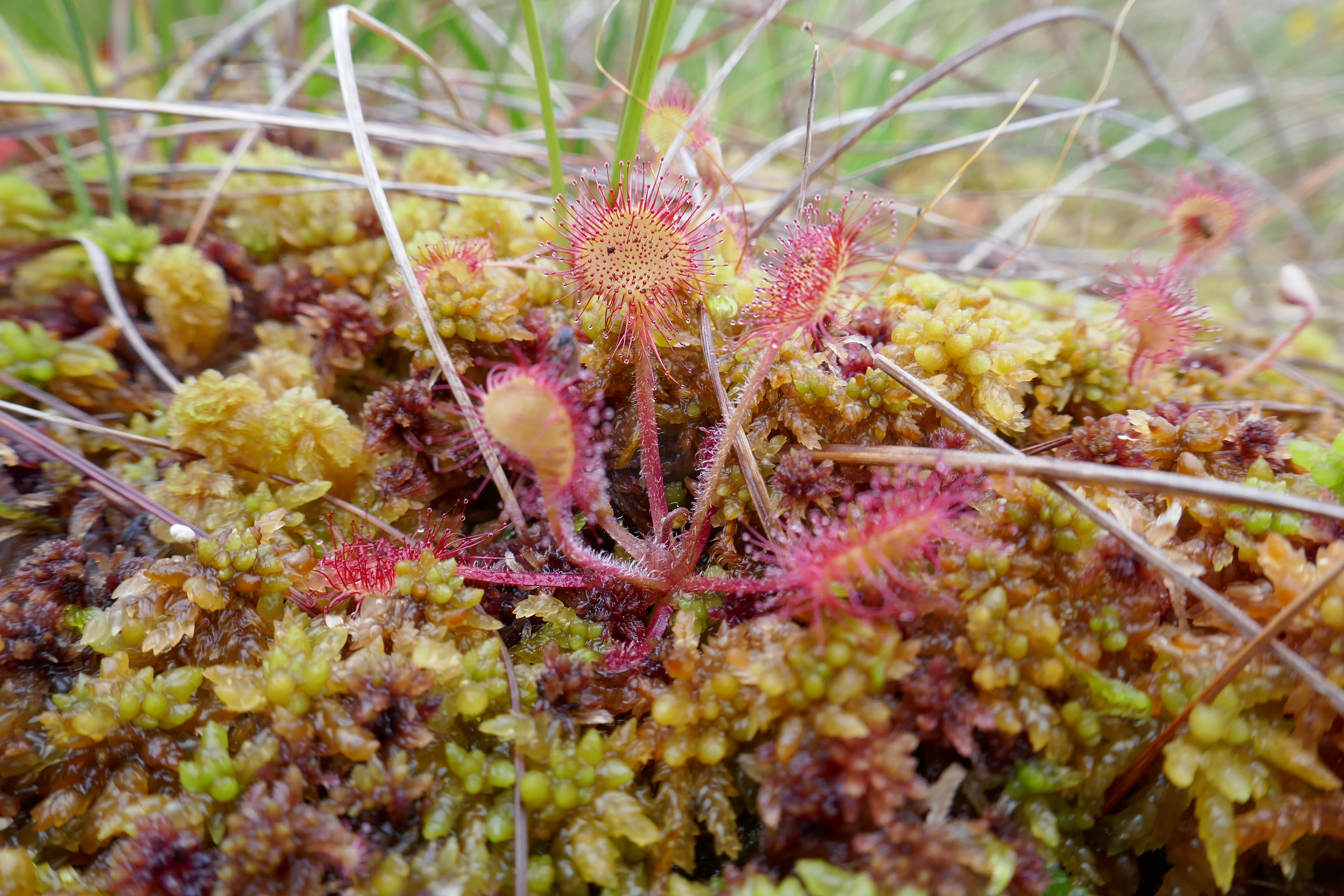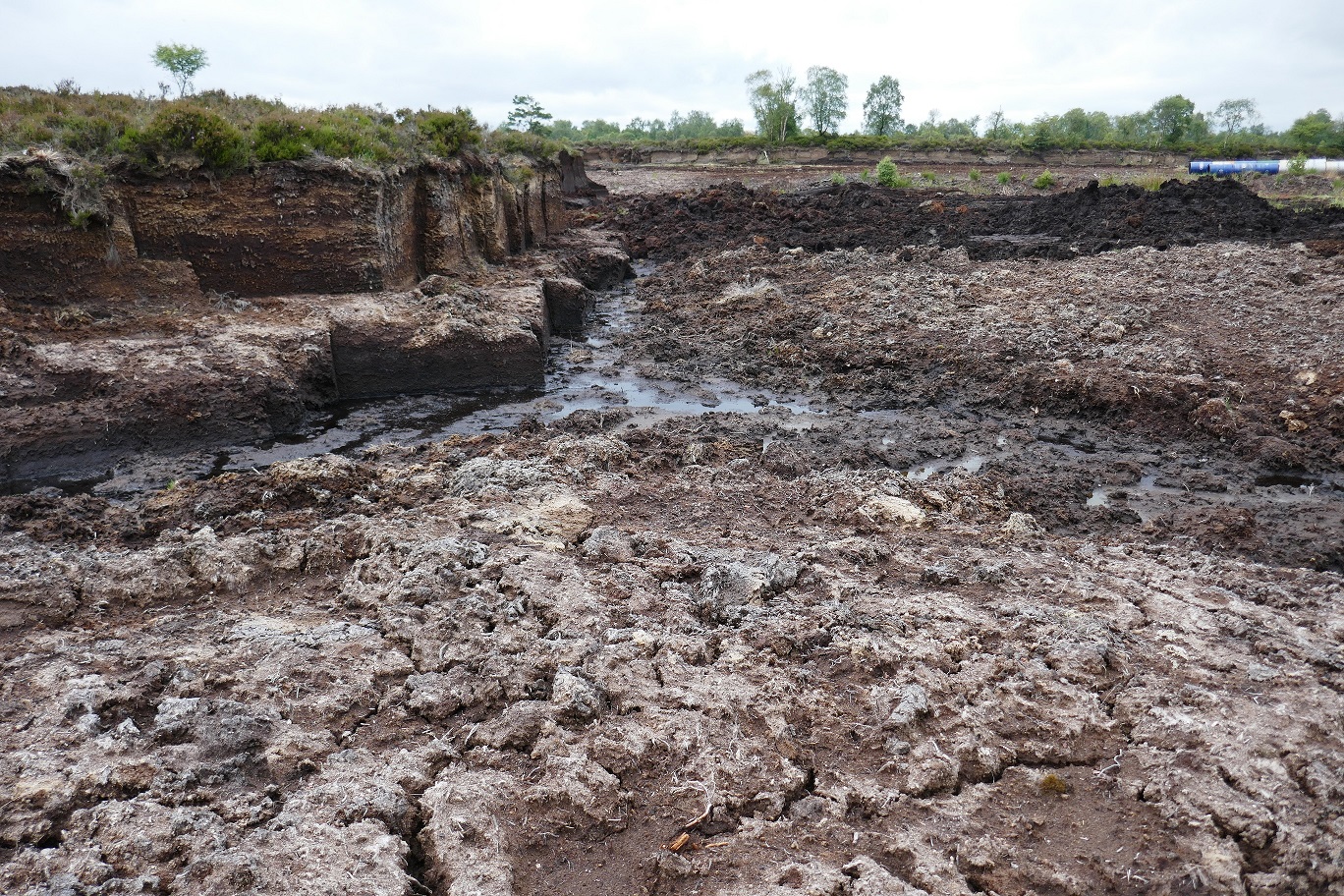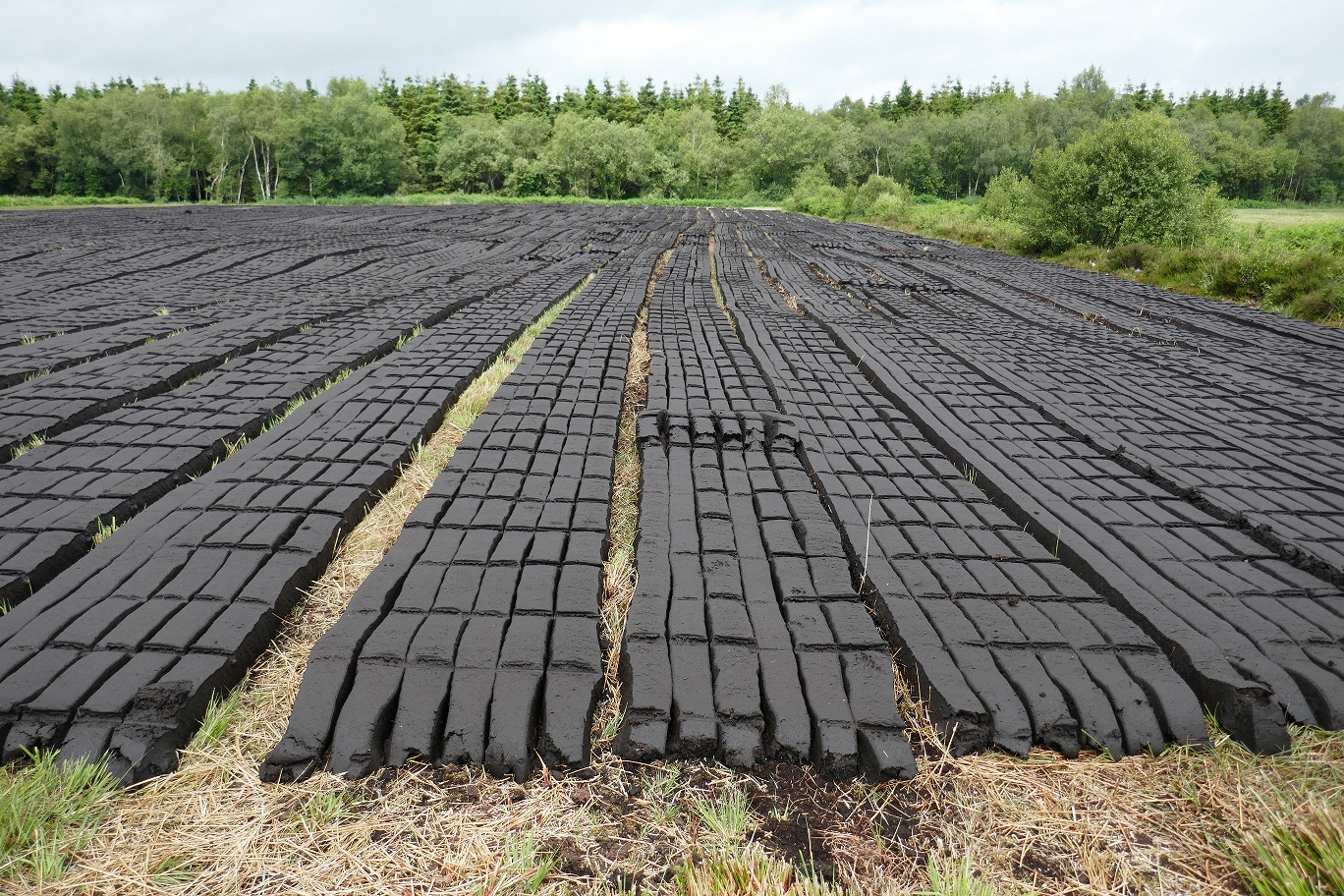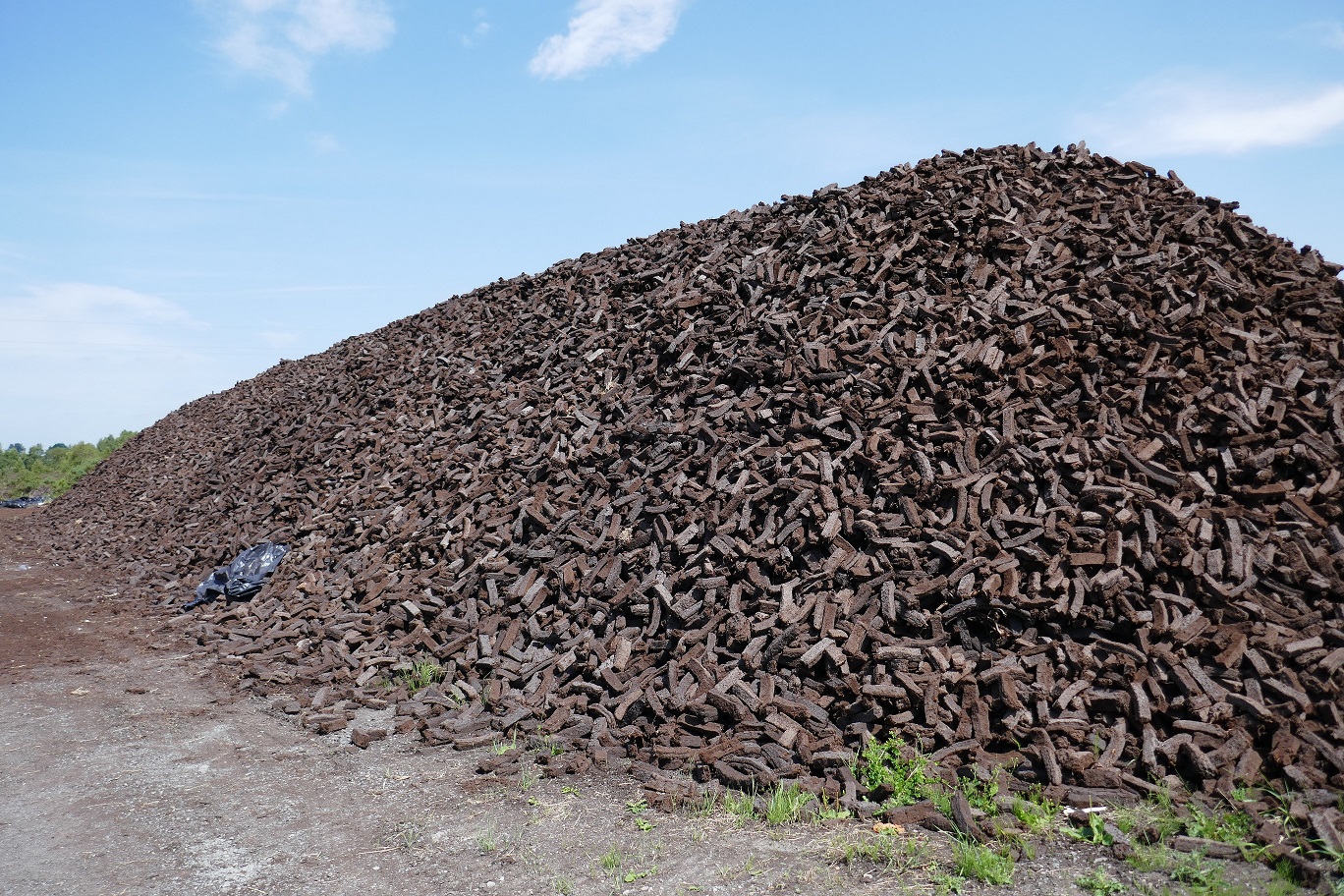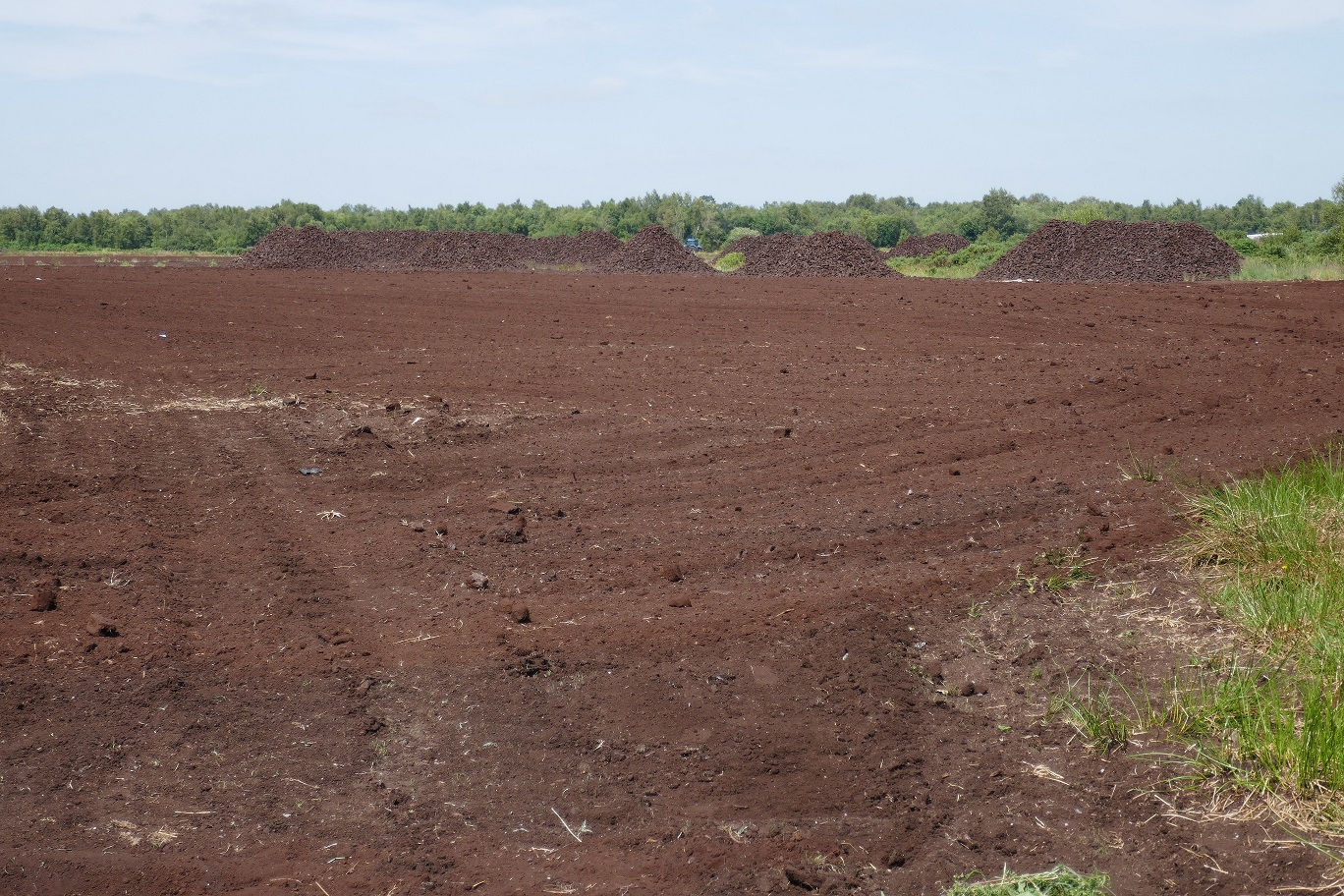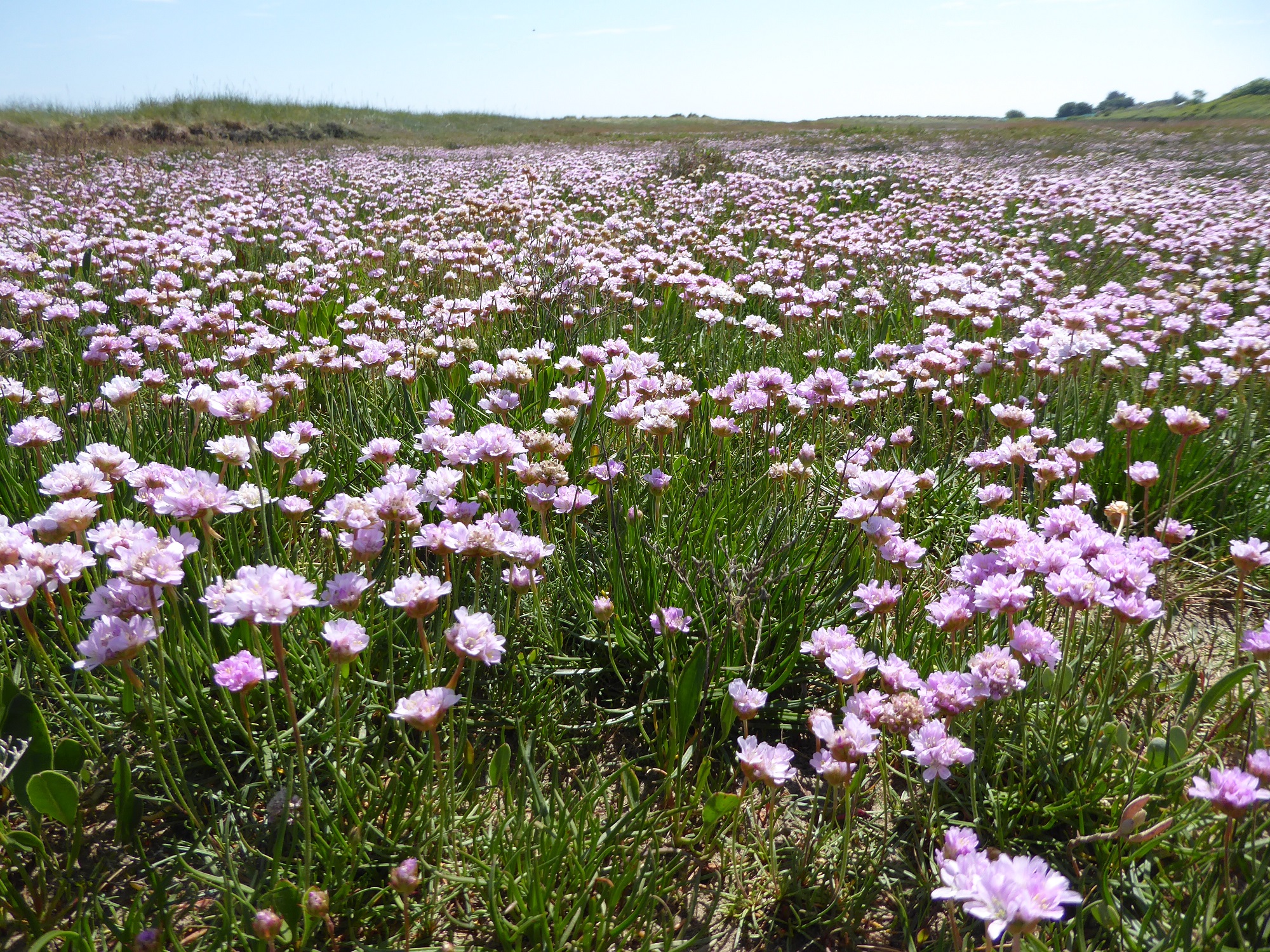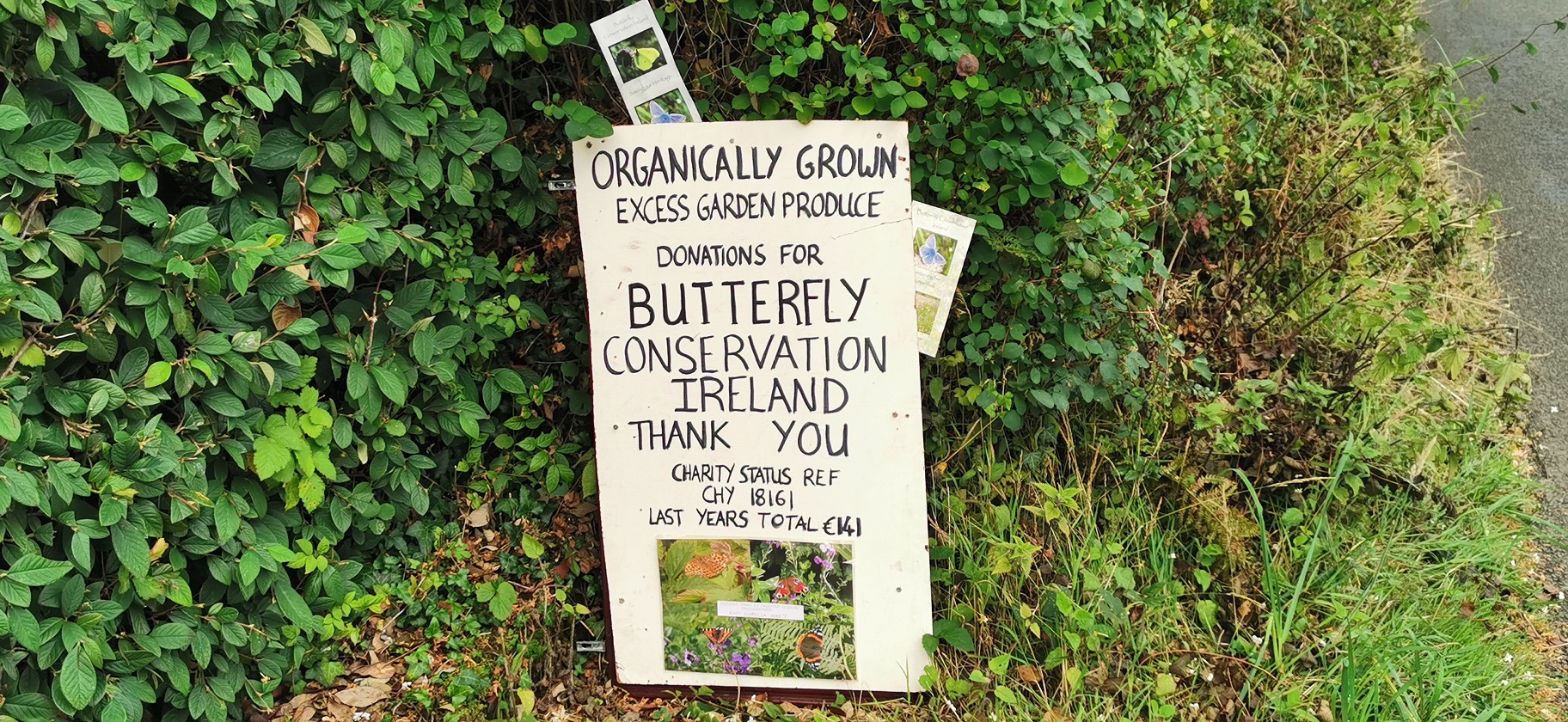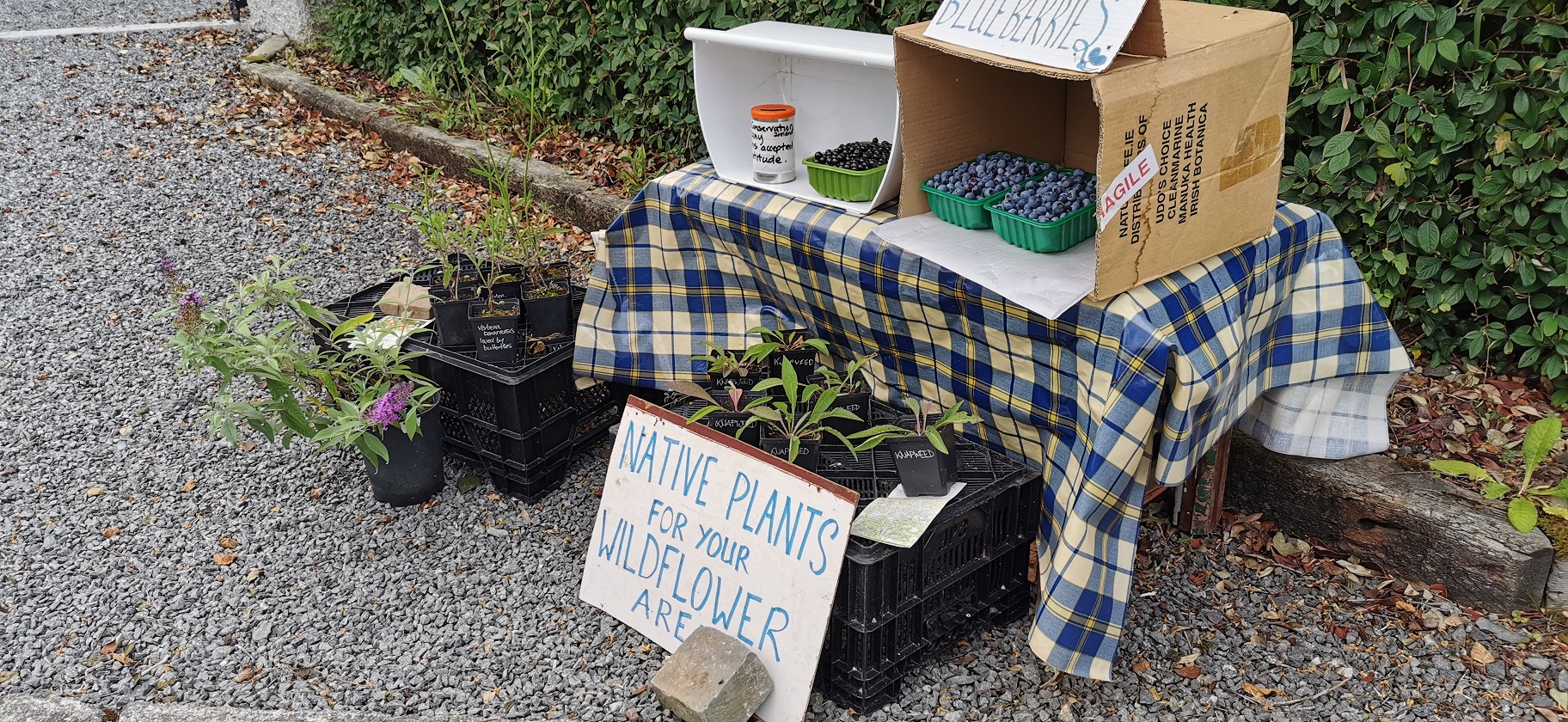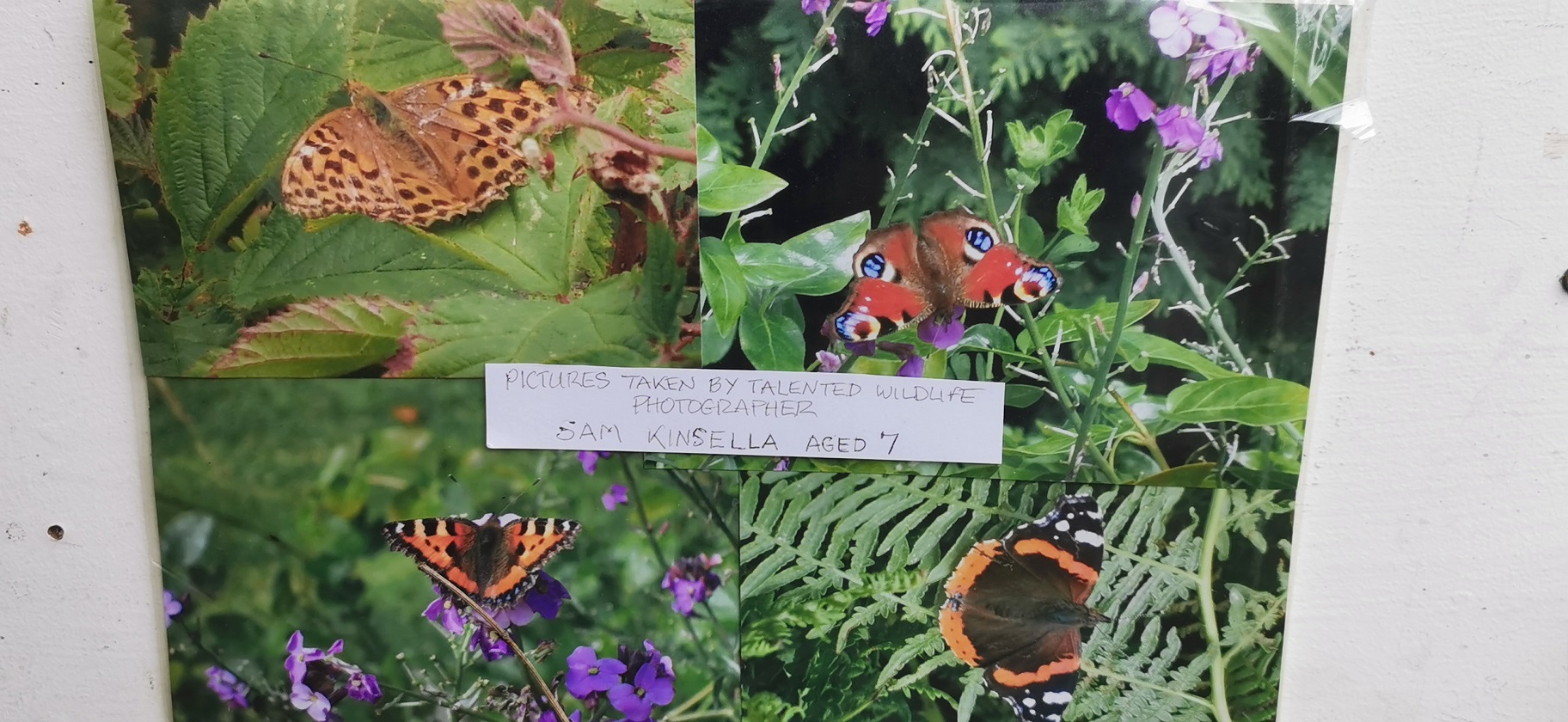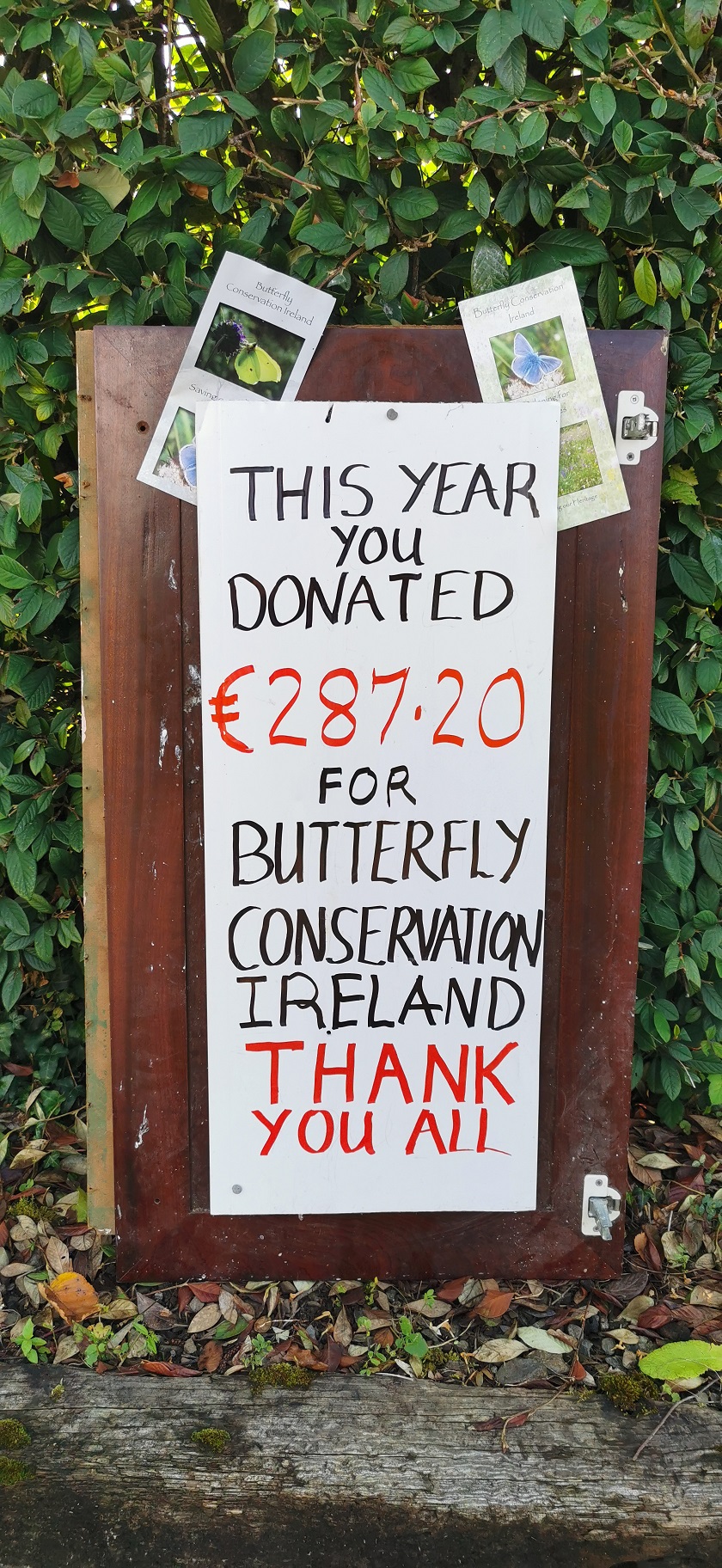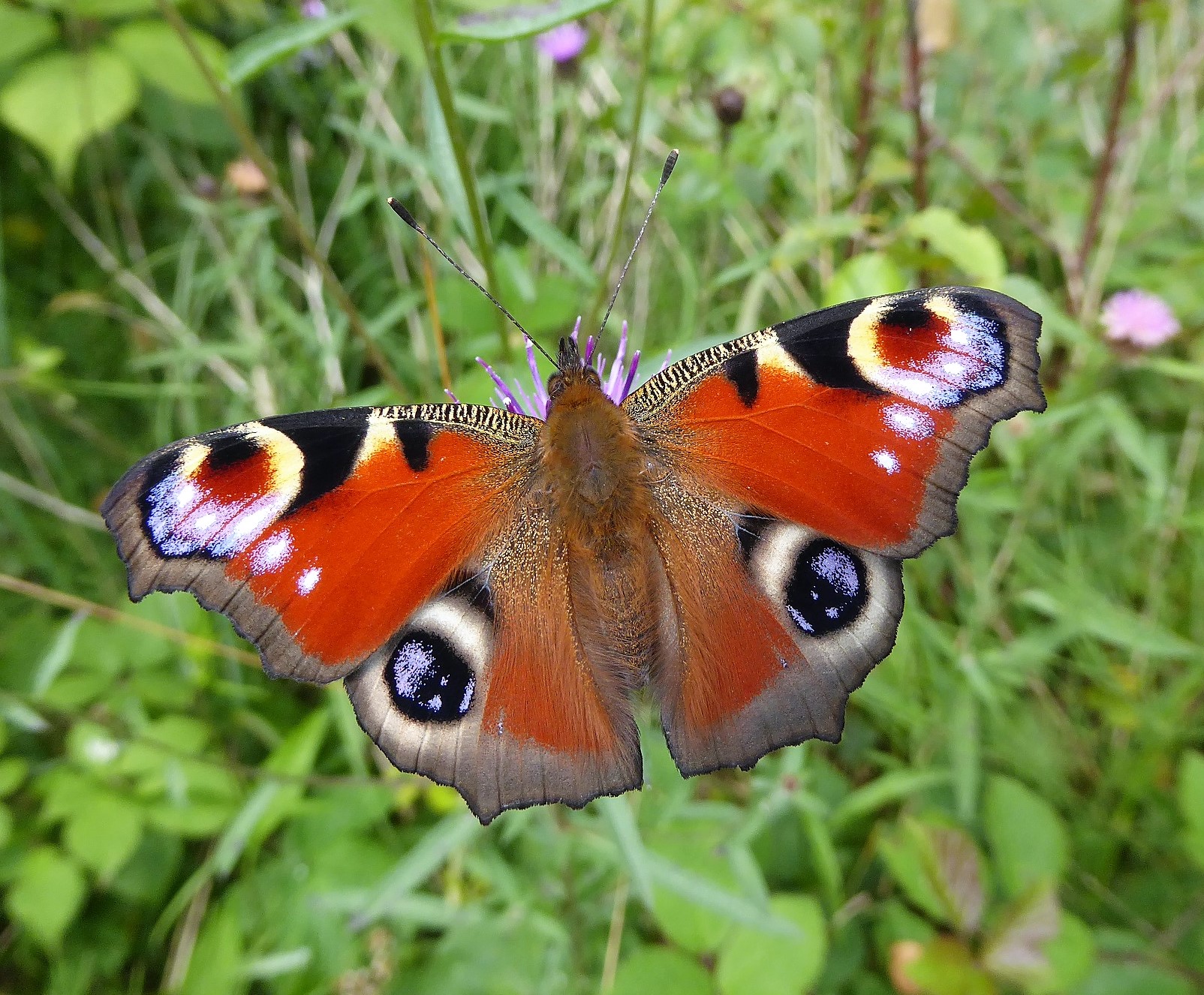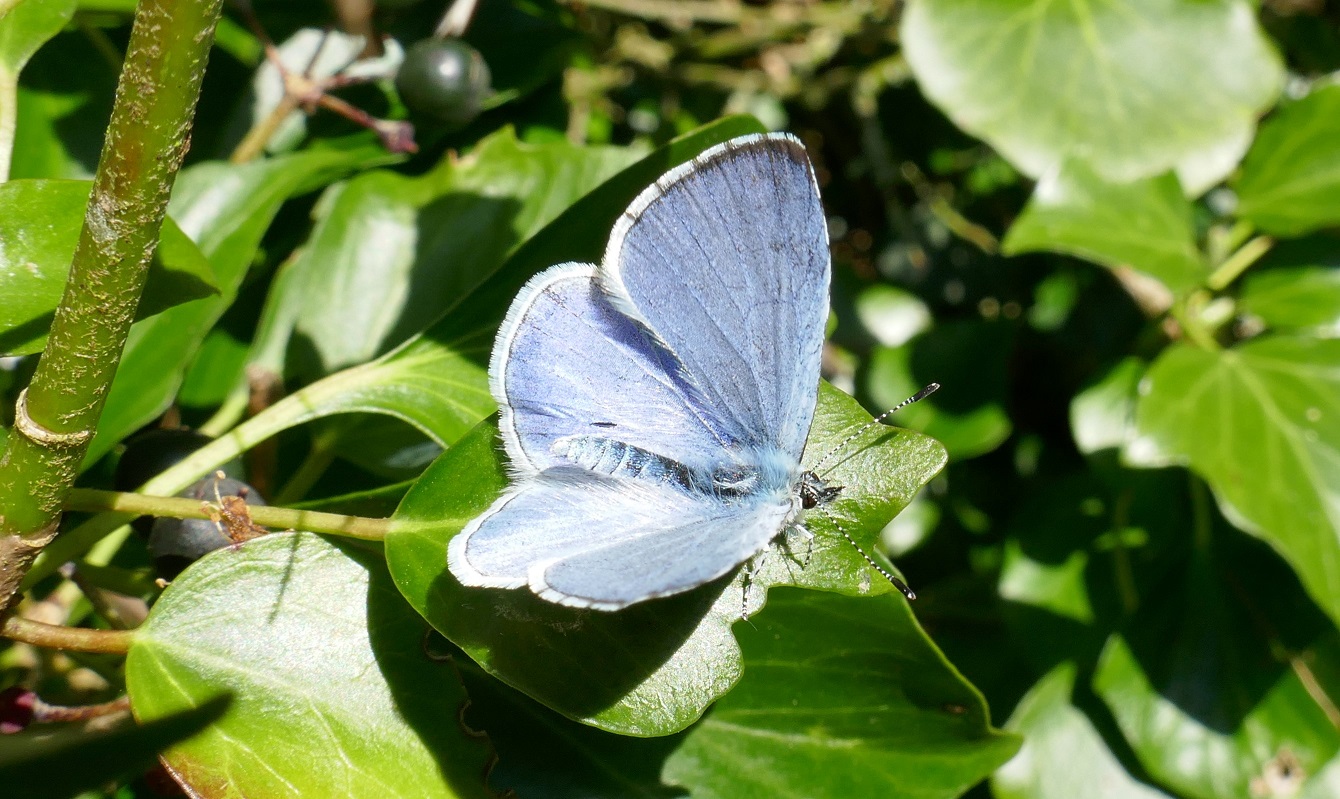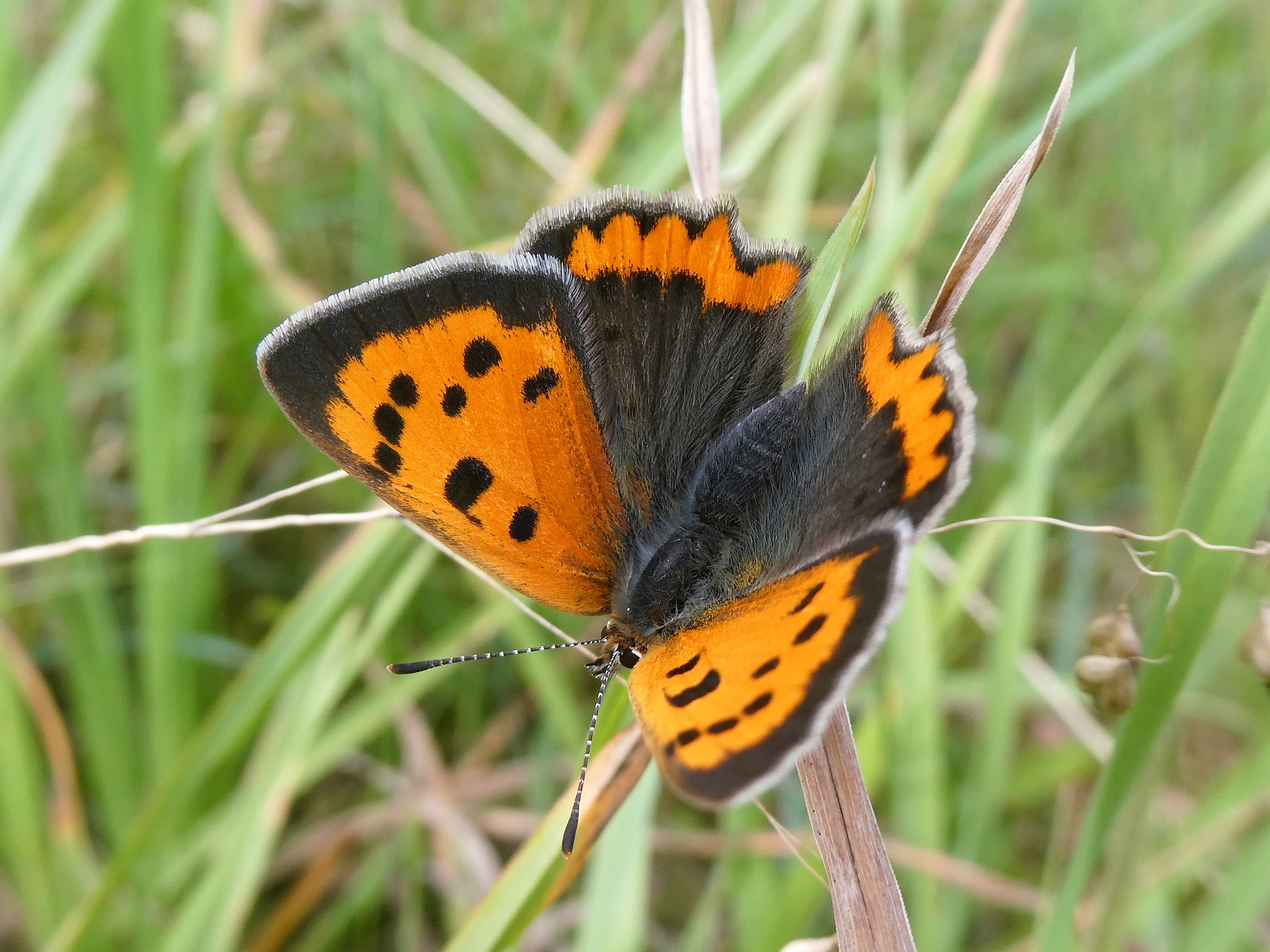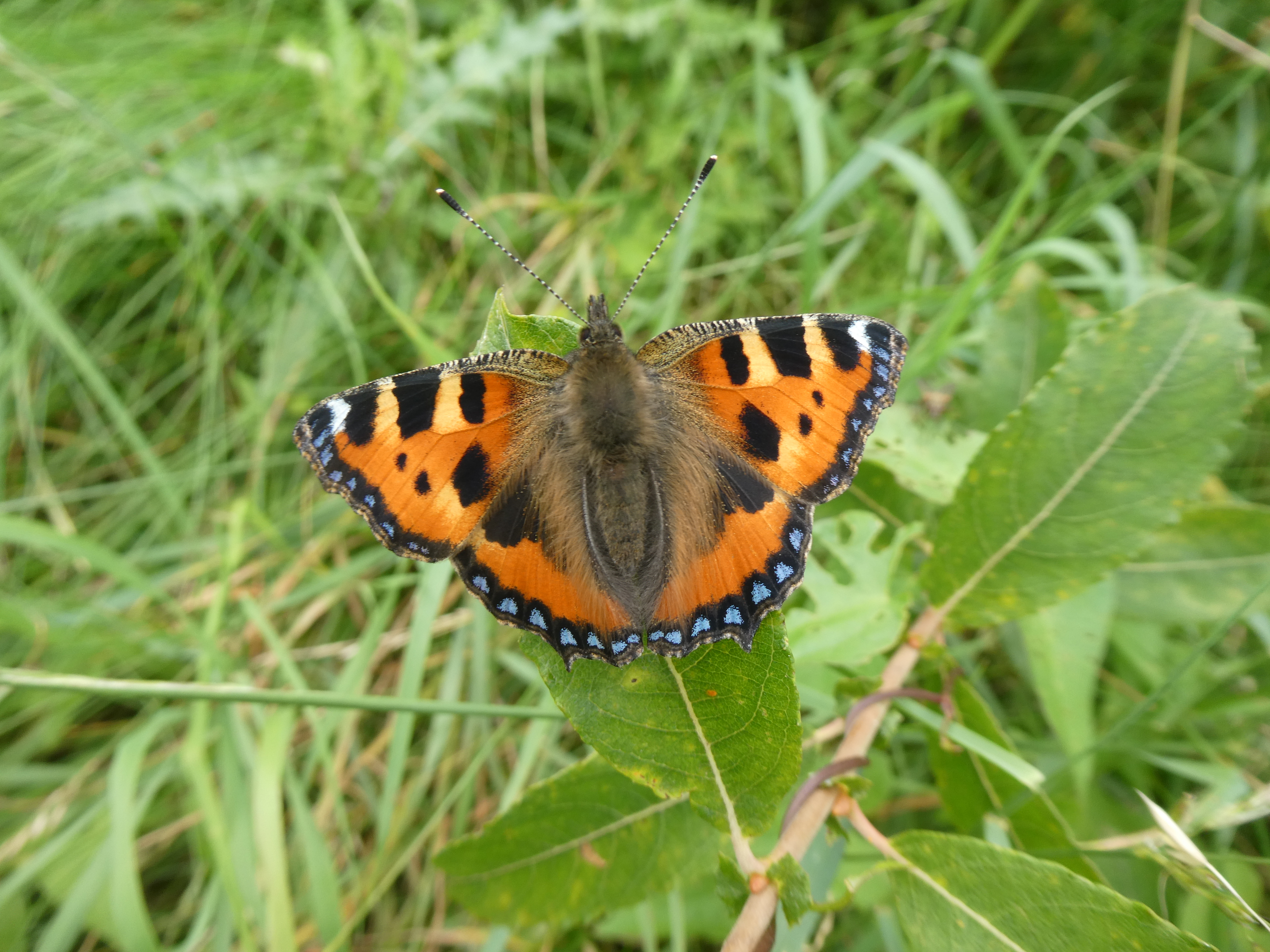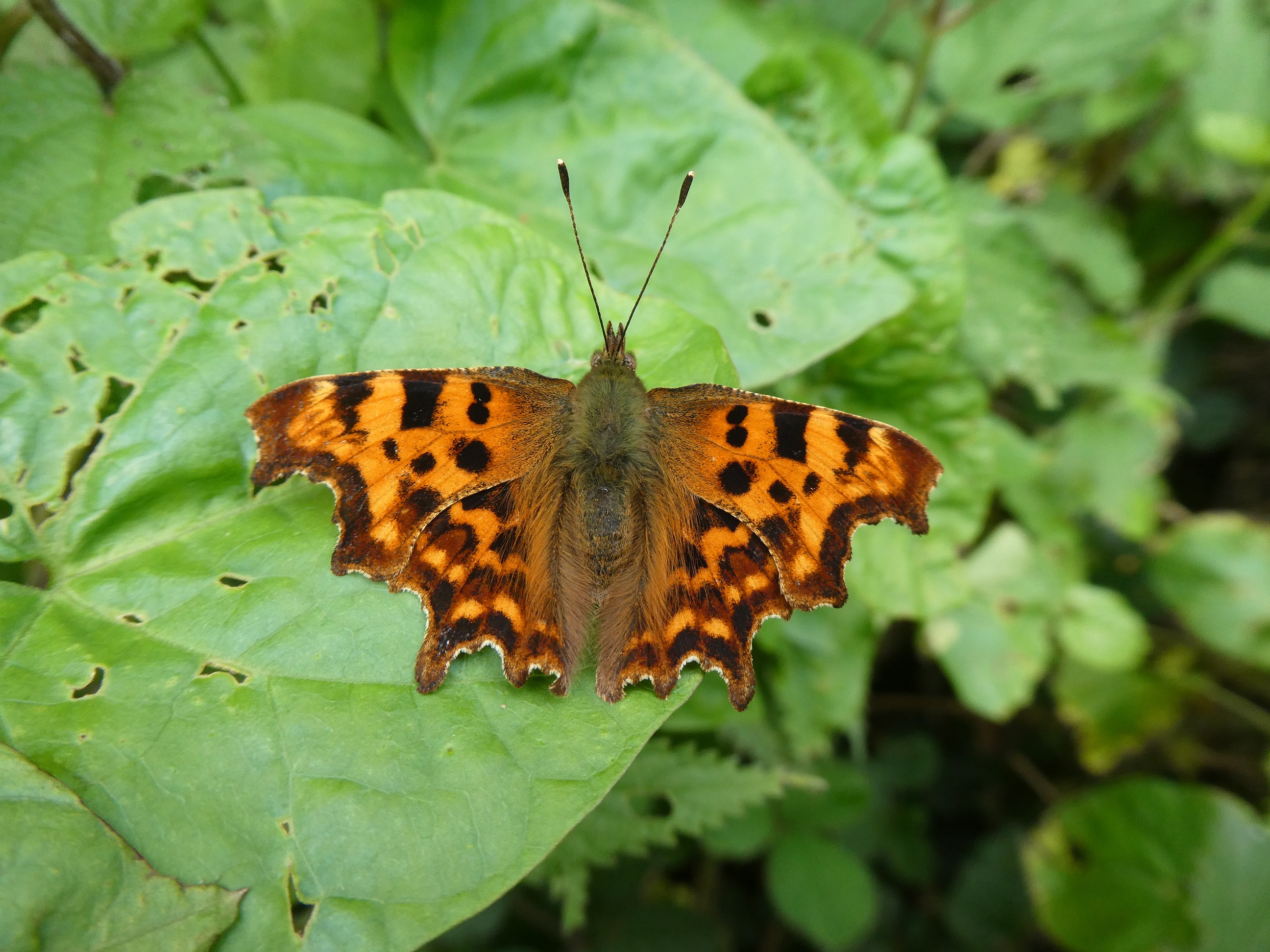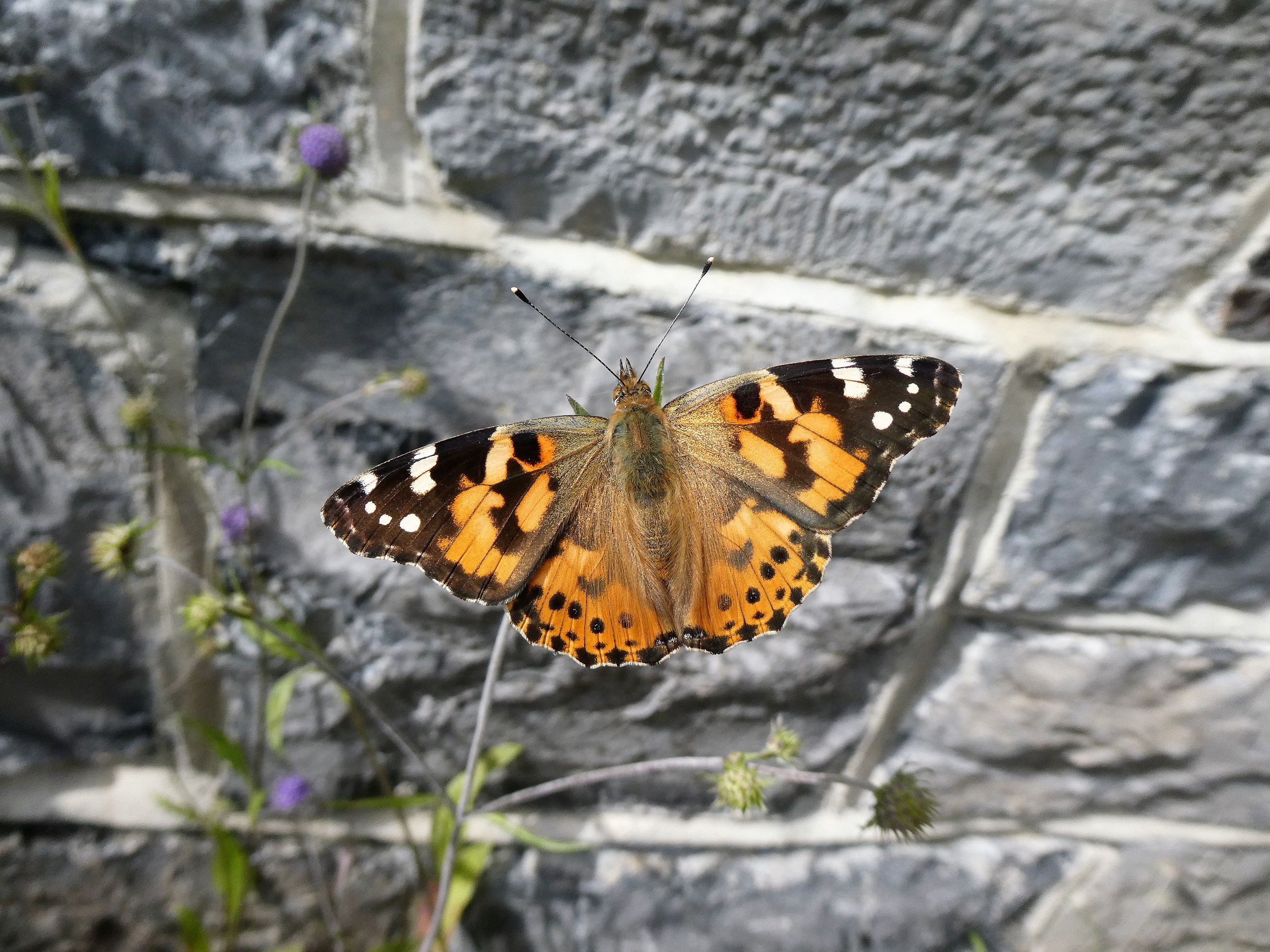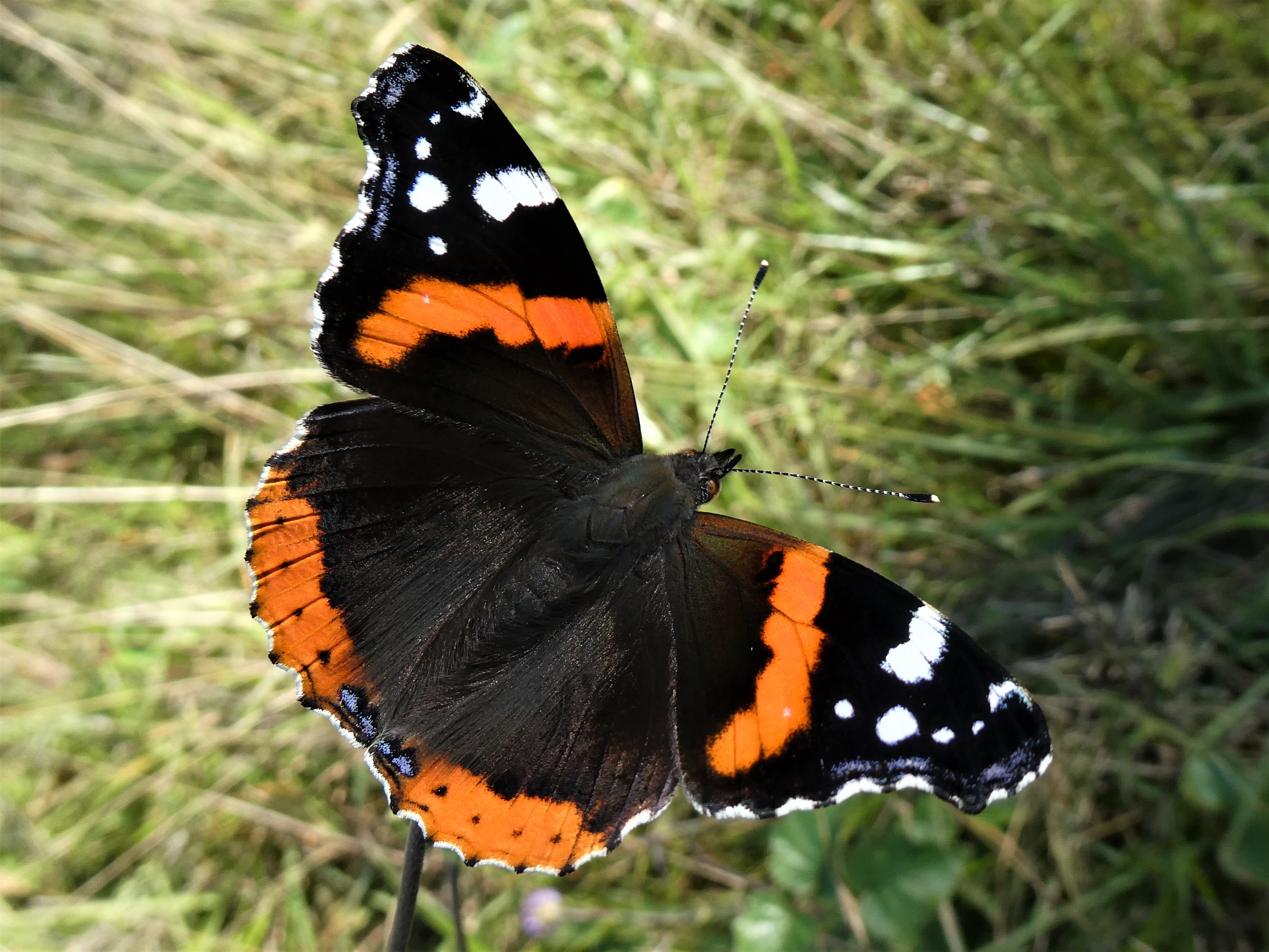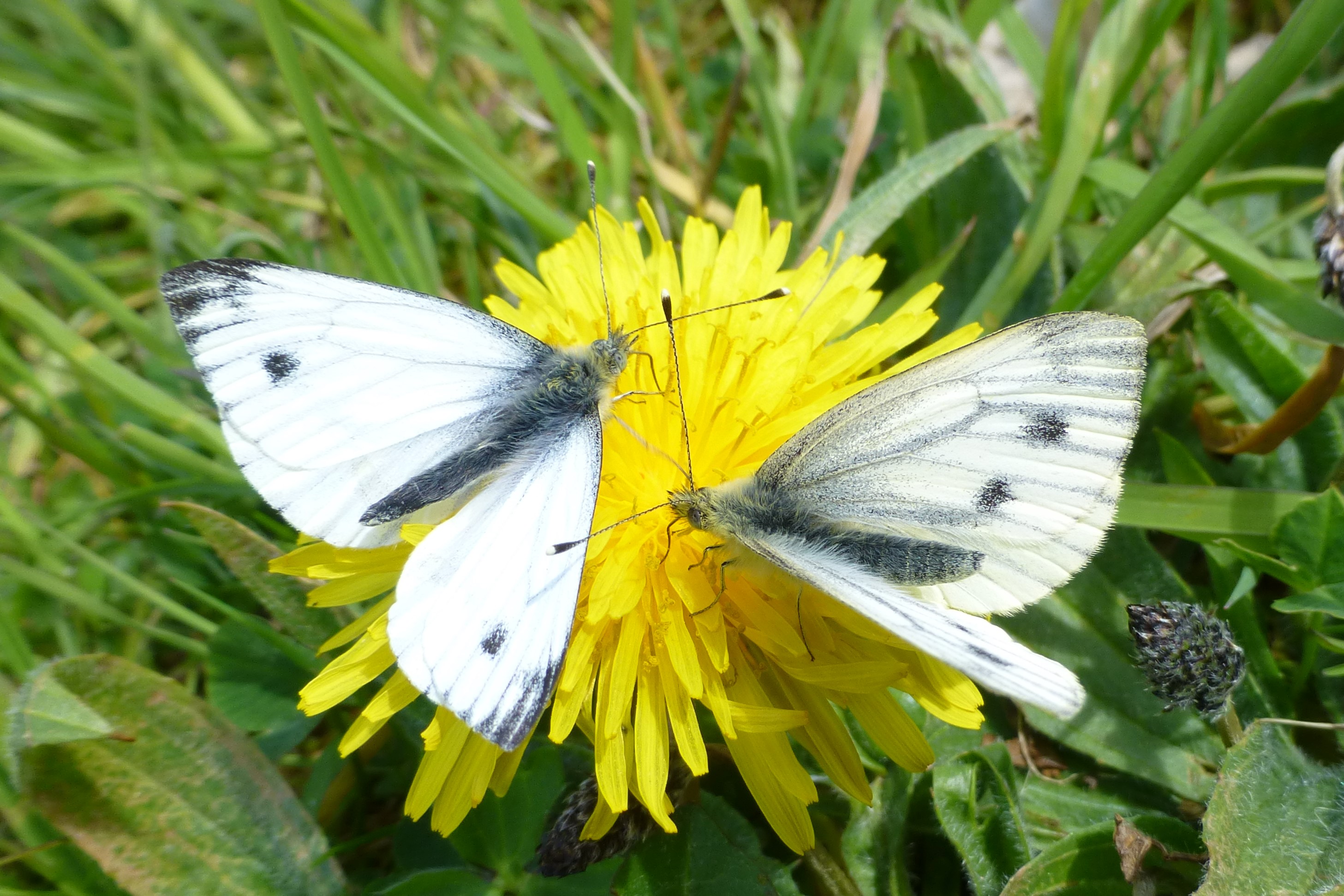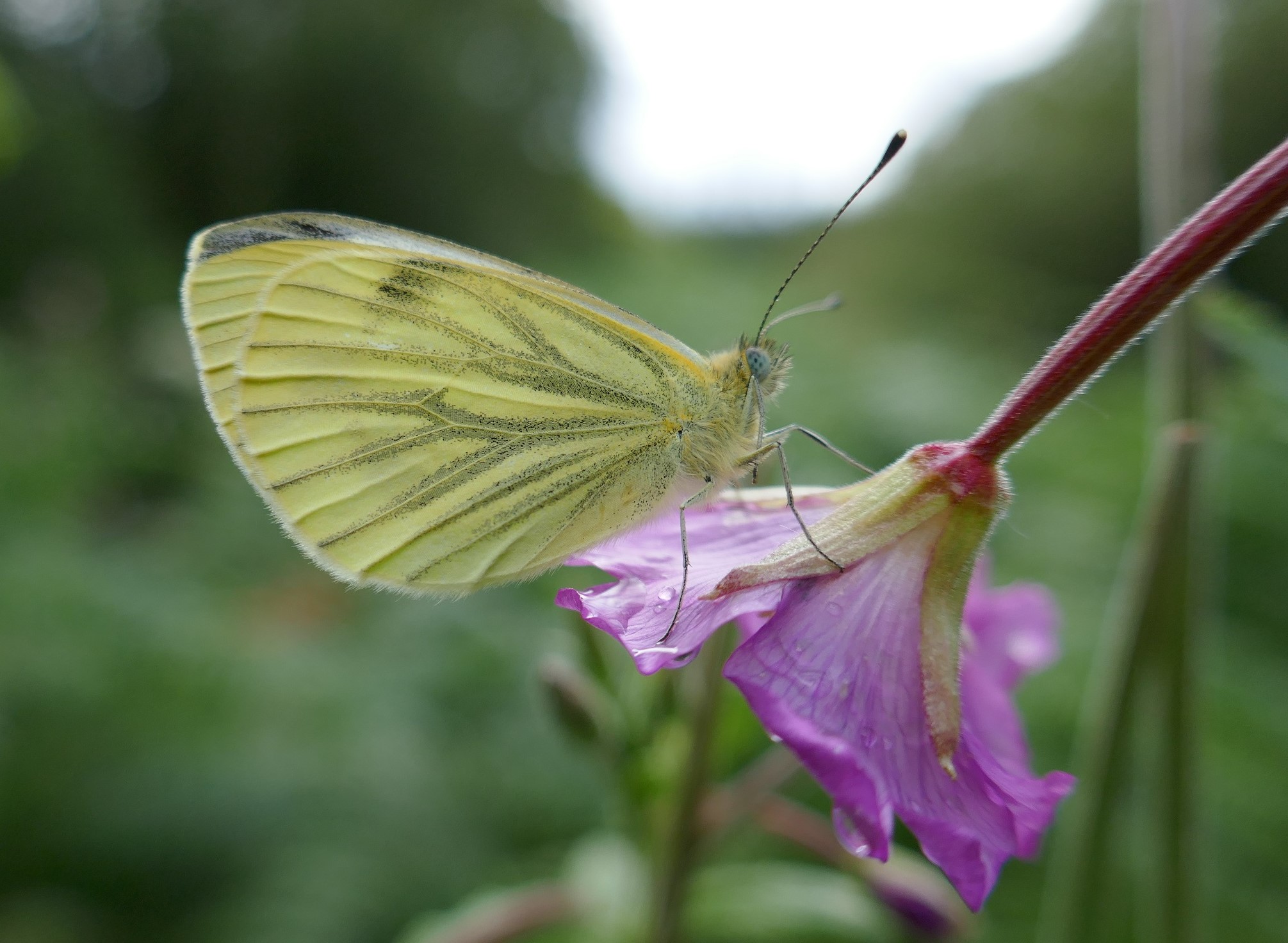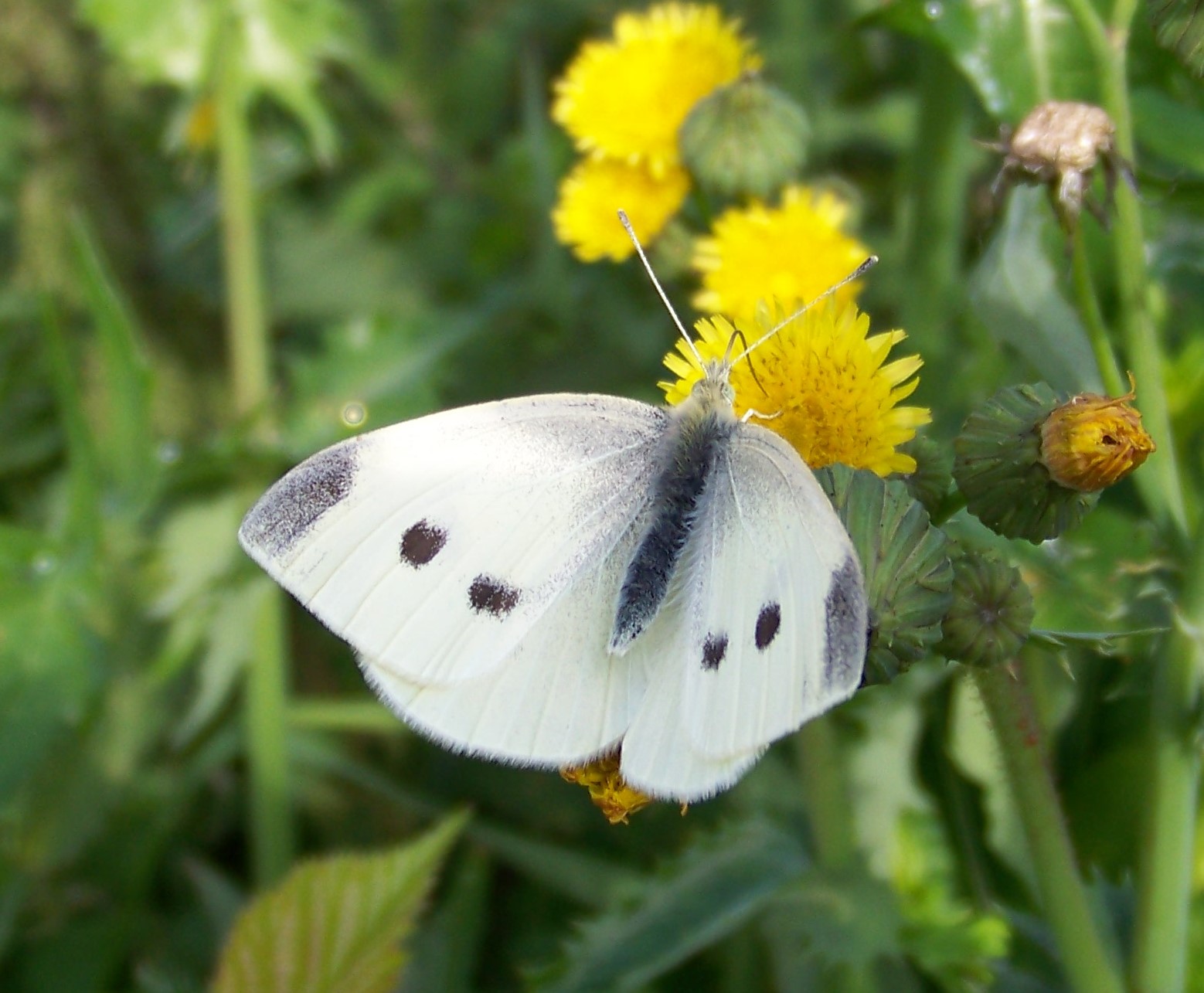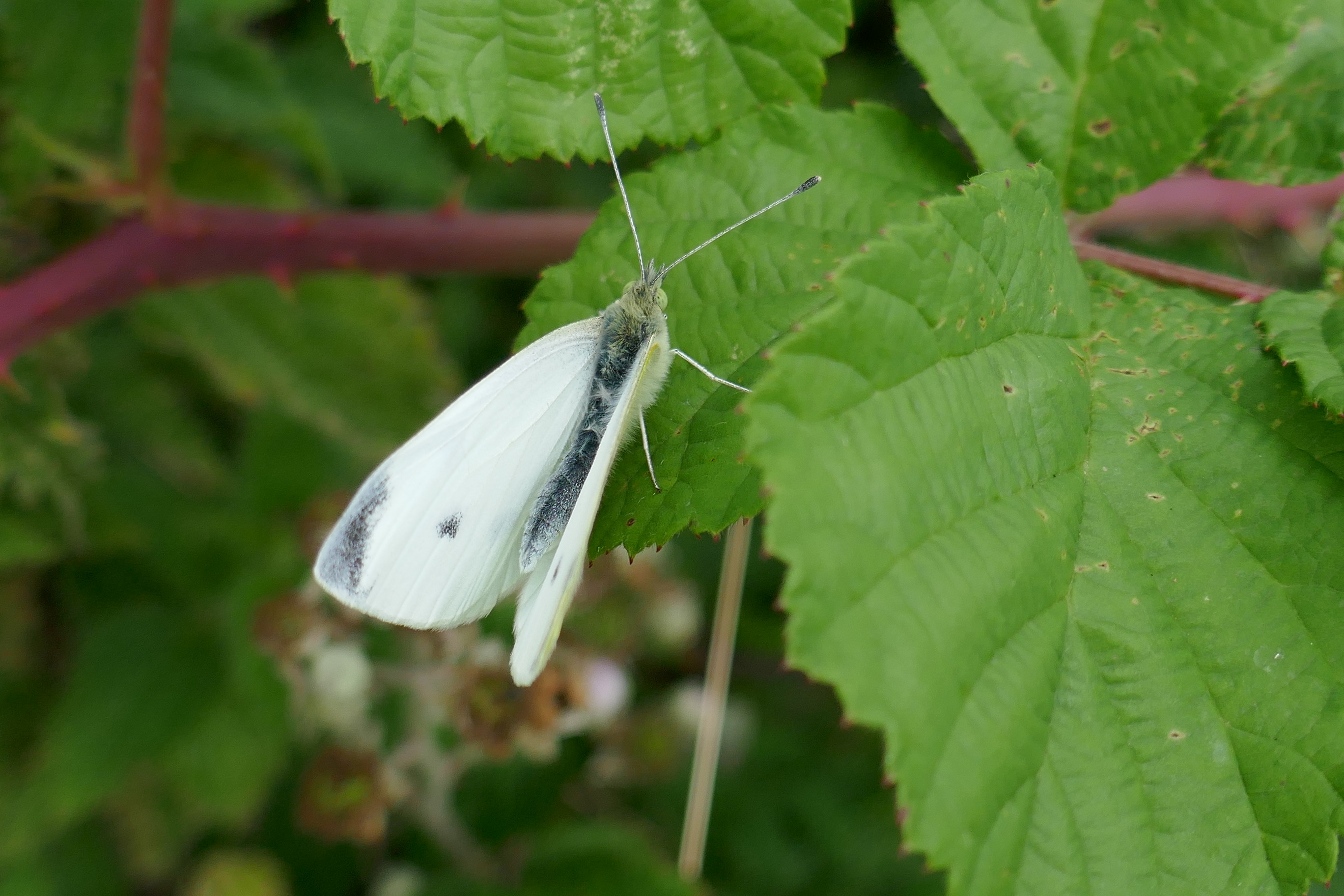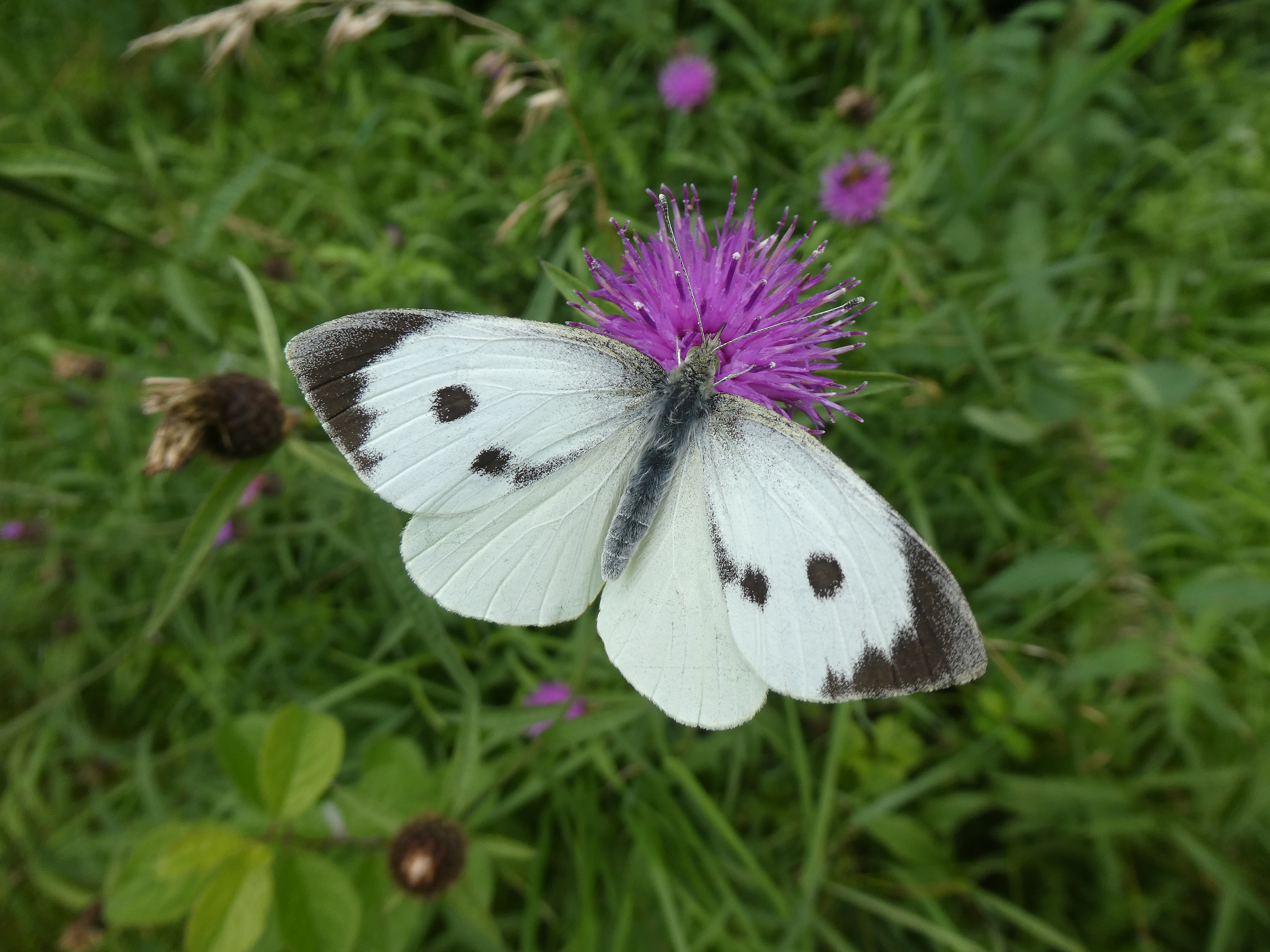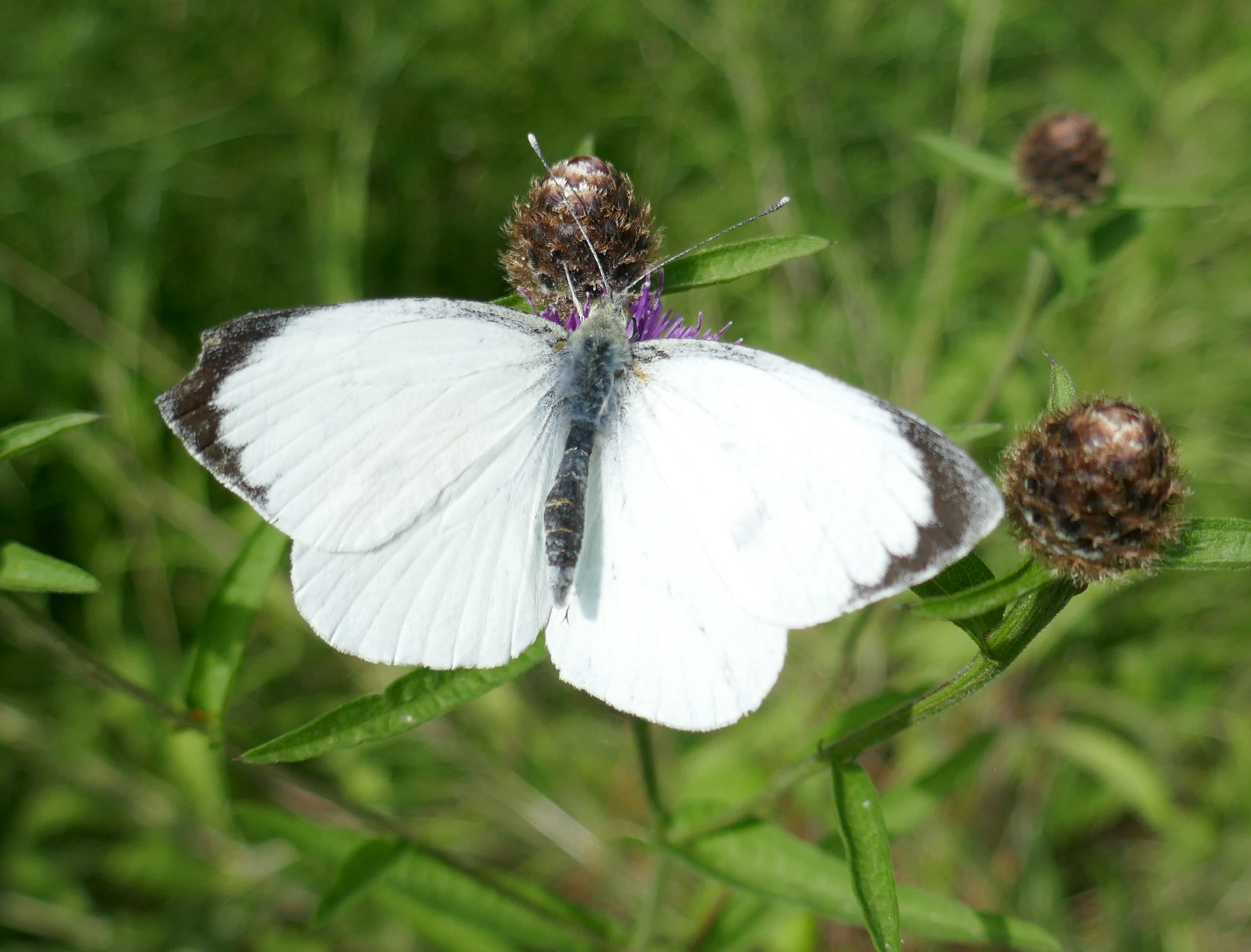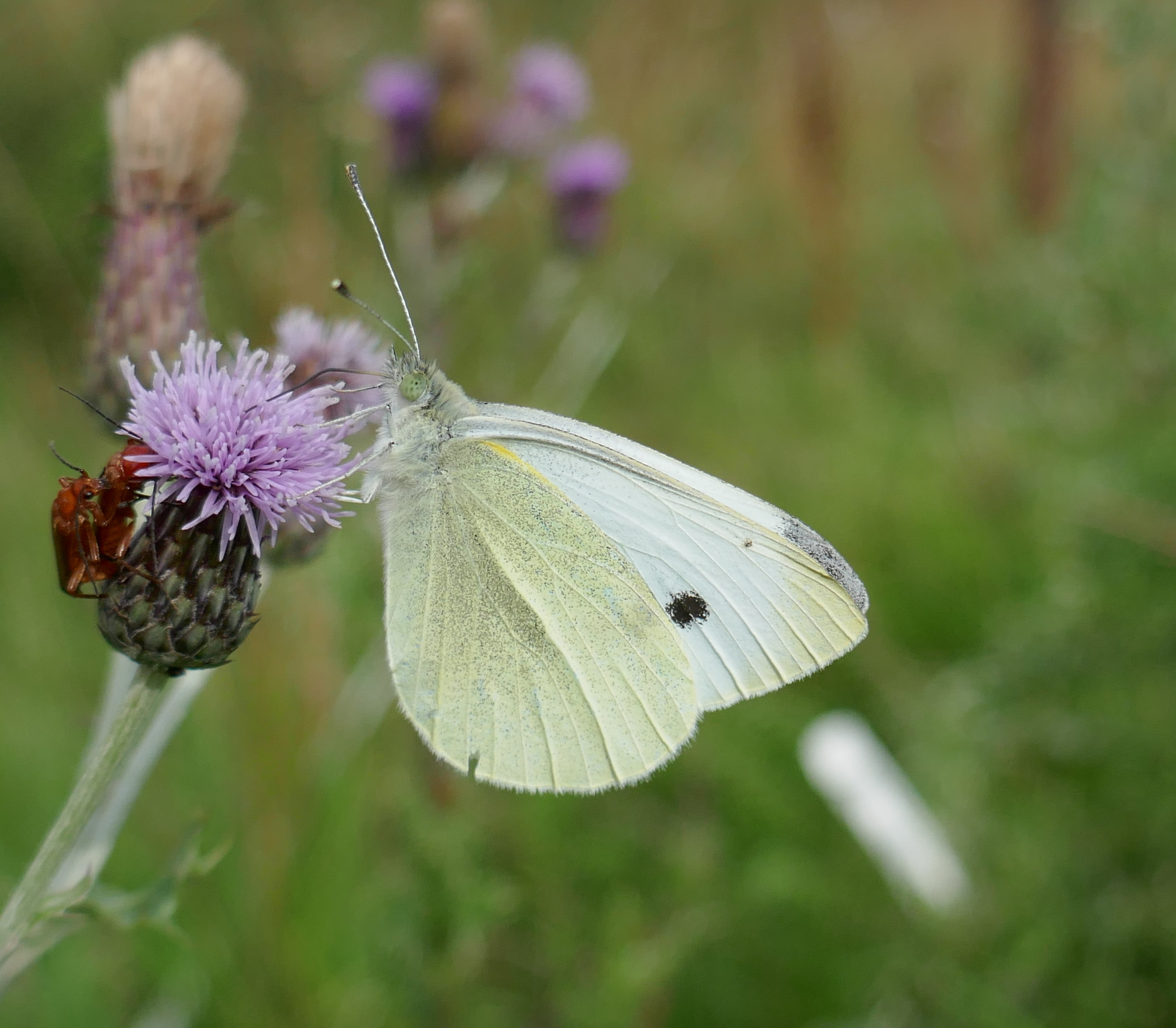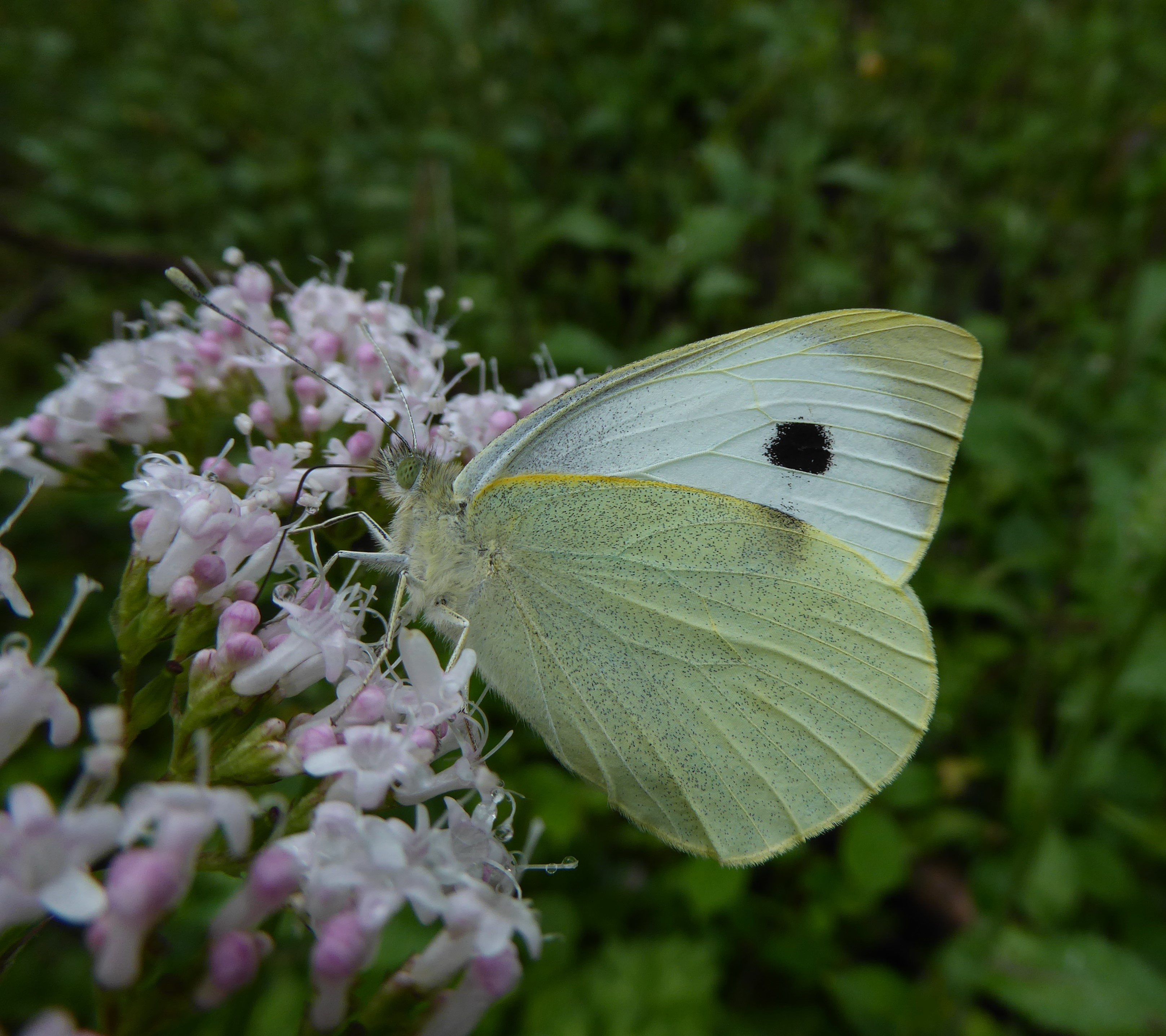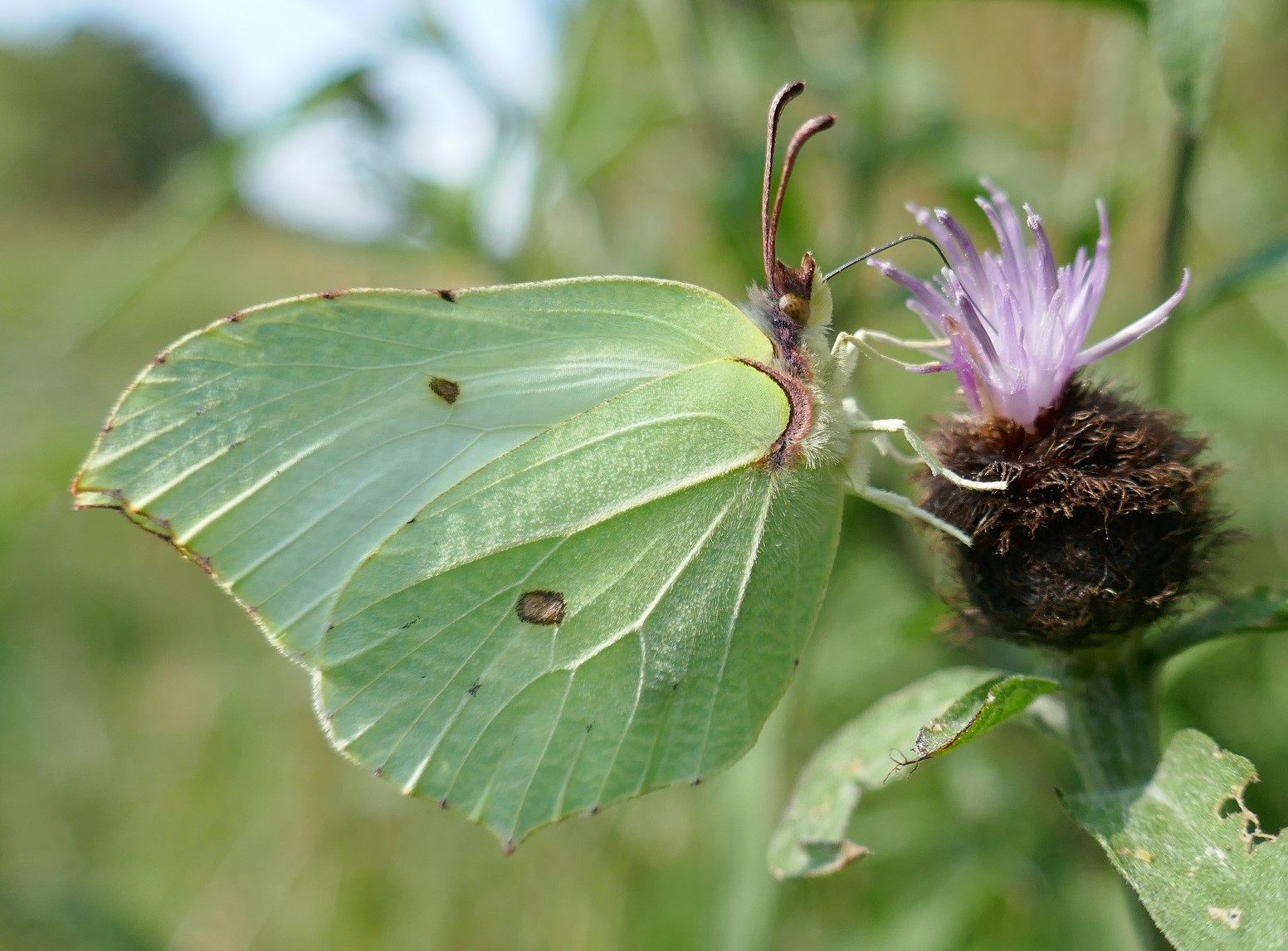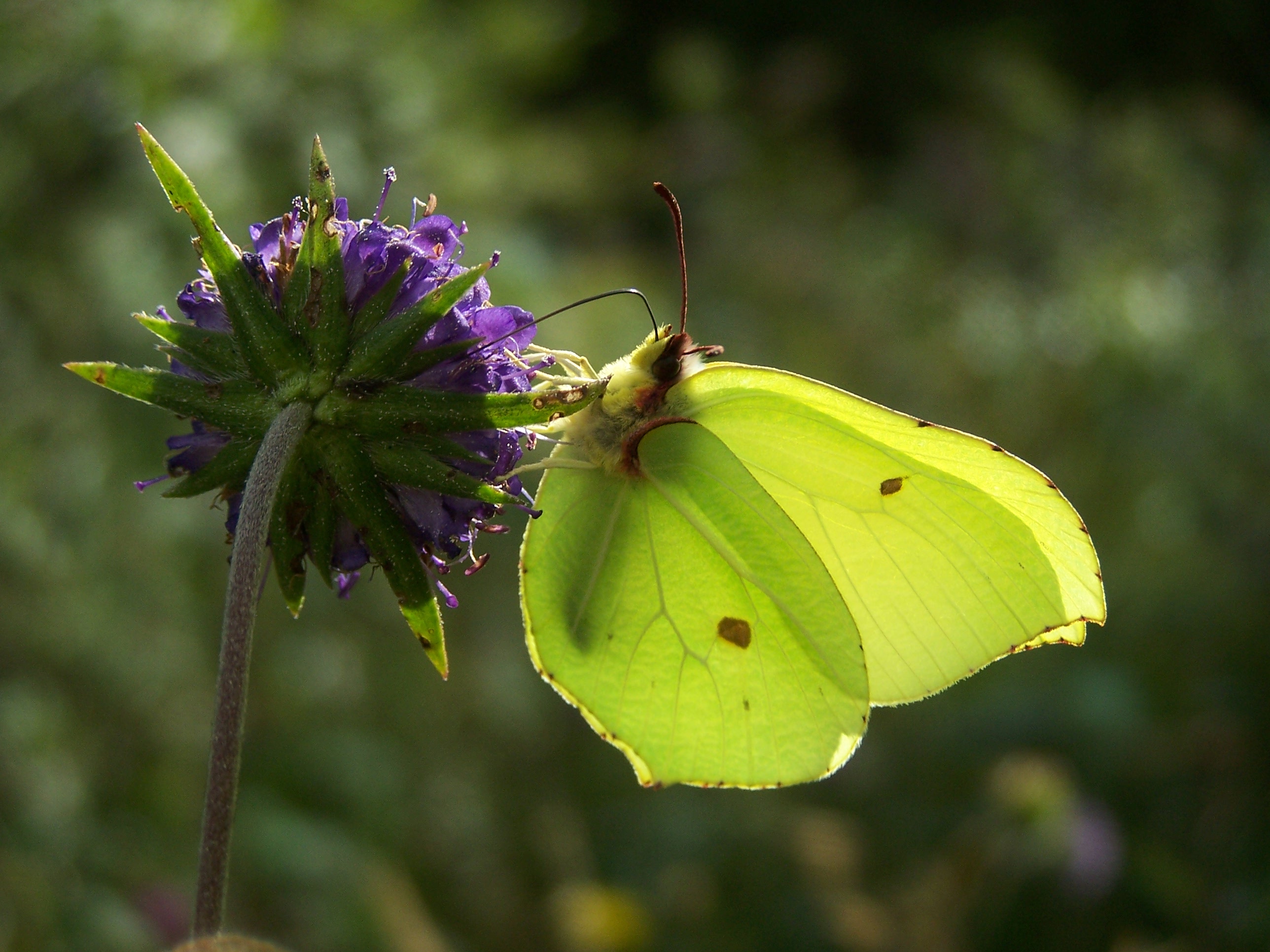Recent reports by good investigative journalists give a comprehensive and accurate picture of the neglect and degradation of Ireland’s legally protected sites. One report can be read here:
https://www.thejournal.ie/endangered-species-part-1-5520770-Aug2021/.
These reports, while informative, contain copious detail that can overwhelm the reader.
Here we focus on a single example.
Gortnandarragh Limestone Pavement is located on the southern side of Lough Corrib, about 7 km south-east of Oughterard in County Galway. The site extends to about 347 hectares in area and it is a Special Area of Conservation.
It consists of an exposed limestone plateau that slopes down on its eastern side to cut-over fen and bog. Parts of the pavement exhibit a well-developed system of clints and grykes, while other parts are shattered, with much loose rock. The pavement forms a mosaic with heath, grassland and scrub. To the east, the limestone habitats grade into fen and blanket bog. Much of the central part is open but the eastern side contains enclosures and is grazed by cattle.
The beautiful flora characteristic of limestone pavement and associated dry calcareous grassland occurs here. Examples include Bloody Cranesbill, Wild Thyme Thymus praecox, Spring Gentian Gentiana verna, Carline Thistle Carlina vulgaris, Mouse-ear Hawkweed Hieracium pilosella, Devil’s-bit Scabious Succisa pratensis, Kidney Vetch Anthyllis vulneraria, Goldenrod Solidago virgaurea, among others.
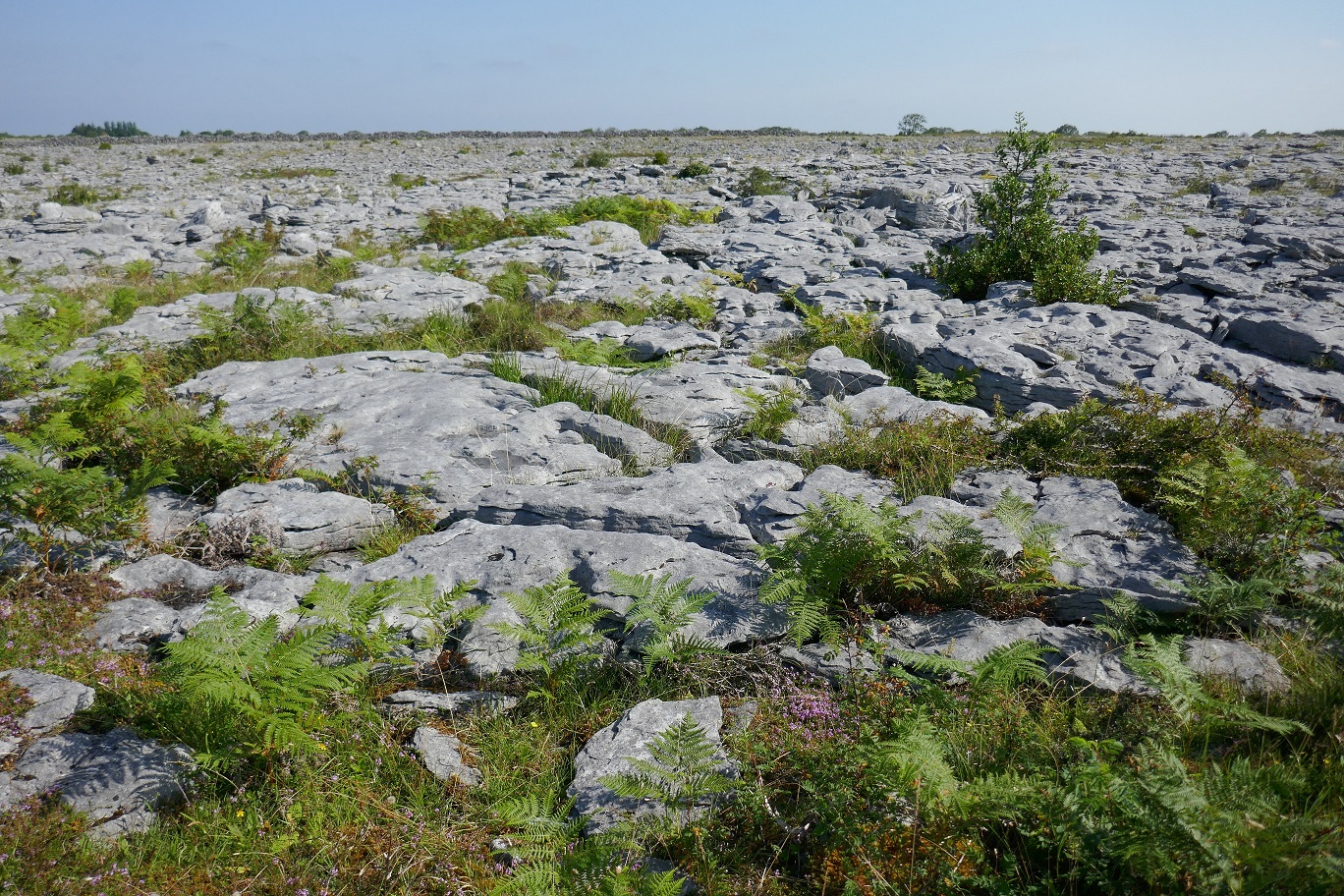
Small trees present in the more open areas include Common Juniper (frequent), Common Yew, Common Blackthorn, Common Hawthorn, and whitebeam, probably Irish Whitebeam. This tree, assessed as vulnerable on Ireland Red List No. 10 Vascular Plants is an endemic plant. Less than 1000 individual Irish Whitebeams are believed to exist. On the southern section, well-developed woodland exists, with Common Ash and oak over a Common Hazel understorey, with some Aspen.
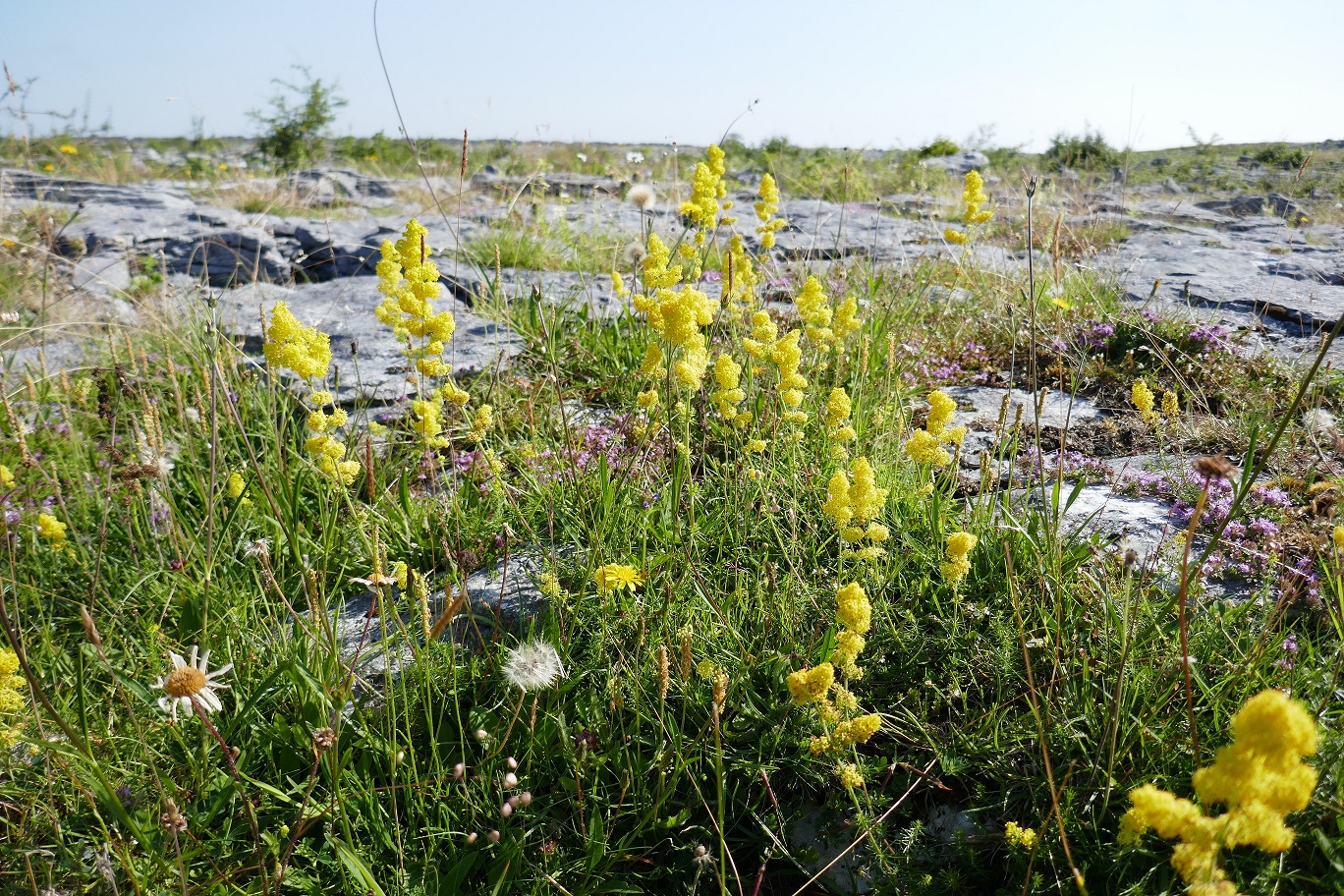
The entire site is of great interest for biodiversity, but some key areas for butterflies include the grassy track at M 19535 40913 (Corranellistrum), which holds Small Blue and probably Marsh Fritillary, while Brimstone and Brown Hairstreak have been recorded among the scrub immediately adjoining this grassy area to the north. The rare moth, Straw Belle Aspitates gilvaria ssp. burrenensis flies here in July.
The long track running east from M 19706 40304 provides easy walking through open limestone grassland, pavement, heath, scrub and eventually onto bog at M 20517 39967 (Kylemore). A range of butterflies can be found along this track, especially Dark Green Fritillary, Grayling, Meadow Brown, Ringlet and Small Heath. Interestingly, the Small Heaths found where the grassy area grades into the bog are large and easily confused with the Large Heath butterfly. Walking south along the road that runs from north to south through the site, the area becomes increasingly wooded and Silver-washed Fritillary and Speckled Wood are well represented here, such as at Garrynagry (M 19480 39687). Overall, the more flower-rich open areas with scattered scrub are rich in butterflies, and this site deserves to be much better known.
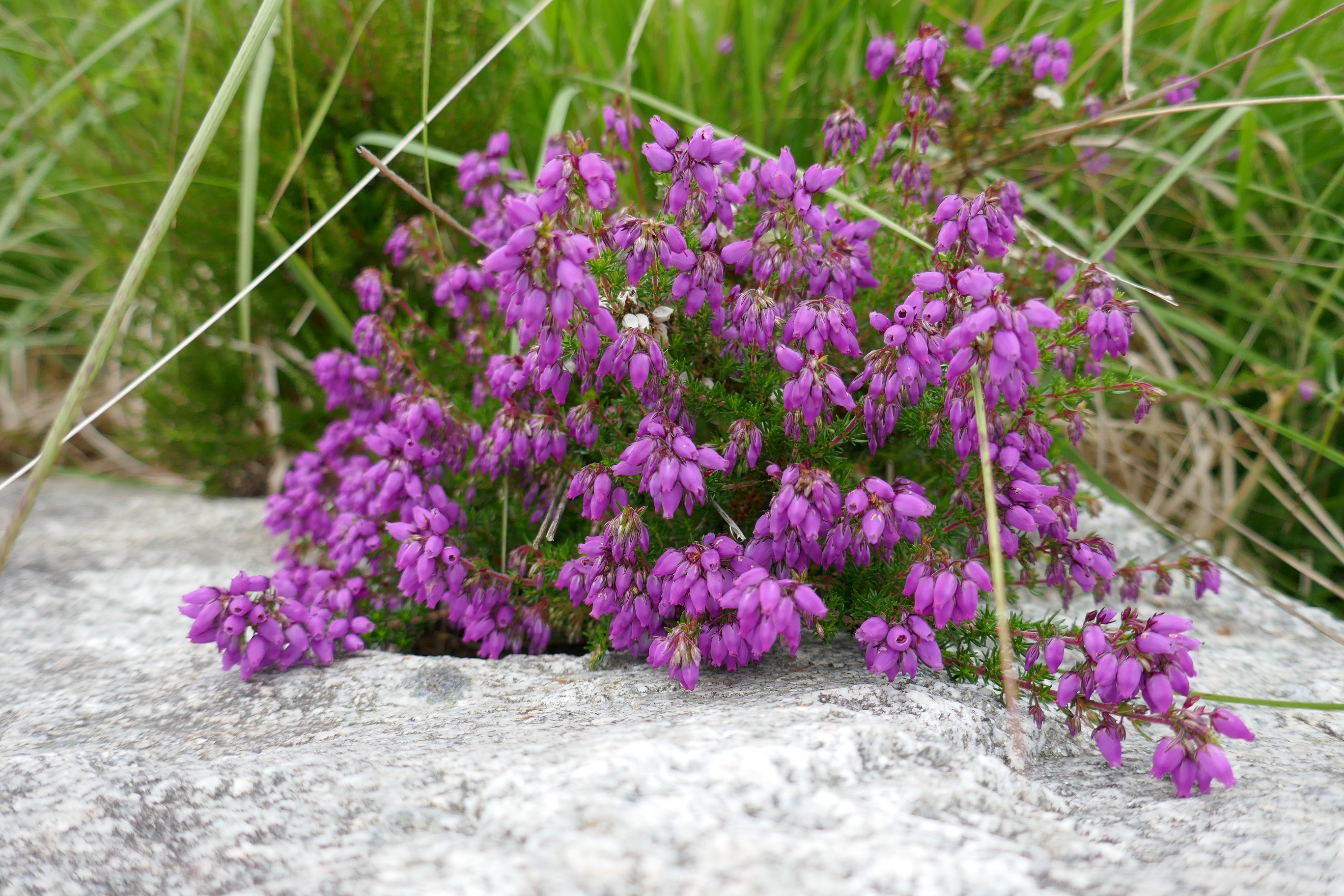
The site’s status as a Special Area of Conservation means the area is legally protected from a range of activities that can cause damage, such as land clearance, peat-cutting, land cultivation, drainage, wall construction, removing or disturbing rock, among other activities. The Statutory Instrument S.I. No. 492/2018 – European Union Habitats (Gortnandarragh Limestone Pavement Special Area of Conservation 001271) Regulations 2018 makes this clear, and states the penalties that may apply on conviction and who may take a prosecution:
- (1) A person who carries out, causes or permits to be carried out, or assists in the carrying out of an activity referred to in Regulation 5(1), without a consent or otherwise than in accordance with a consent given by the Minister under Regulation 30 of the Regulations of 2011, commits an offence and is liable—
(a) on summary conviction, to a class A fine or to imprisonment for a term not exceeding 6 months, or both, or
(b) on conviction on indictment, to a fine not exceeding €500,000 or to imprisonment for a term not exceeding 3 years, or both.
6 (3) Proceedings for an offence under paragraph (1) may be brought summarily by—
(a) the Minister,
(b) the public authority concerned, or
(c) a member of the Garda Síochána, in accordance with section 8 of the Garda Síochána Act 2005.
One of the functions of the National Parks and Wildlife Service is to protect Special Areas of Conservation. Conservation Officers (rangers) make site visits to keep a watch on the condition of our special areas.
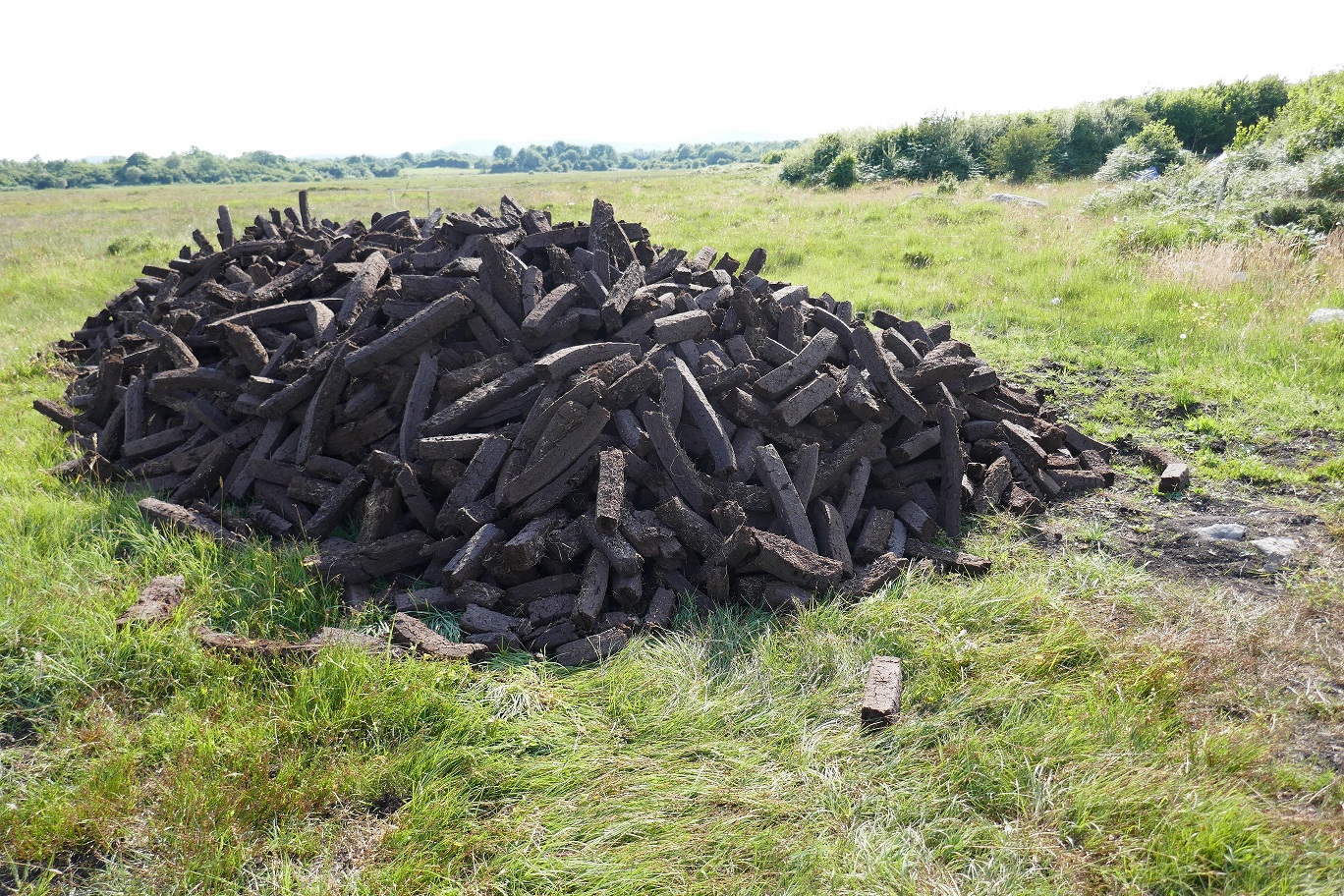
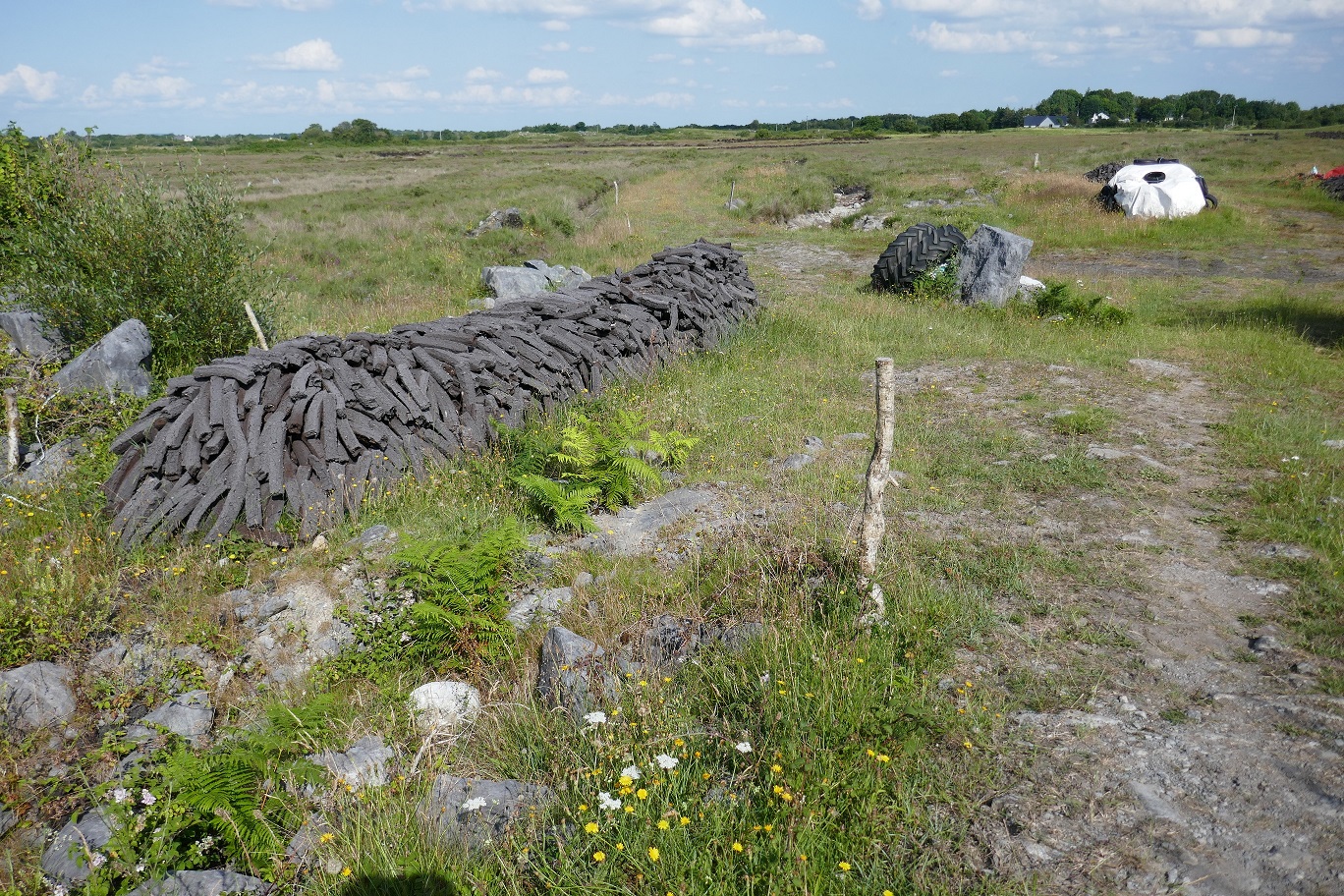
In July 2021 damage was seen on the site and a record of the locations was made, with supporting photographs. The damage consists of peat cutting on the bog which lies within the boundary of the Special Area of Conservation. The bog is intrinsically important, as well as being the type locality of the endemic fungus, Entomola jennyi, a toadstool, which has been found in a very small number of locations. Cleared woodland, cleared limestone, wall construction using local limestone and the collection of stone, presumable for removal and use in building the stone walls fronting several local houses, and possibly for use as outer-leaf facing stone, were observed. Further threats to the limestone habitat are the appearance of alien invasives, including cotoneaster, and the encroachment of native scrub on the karst.
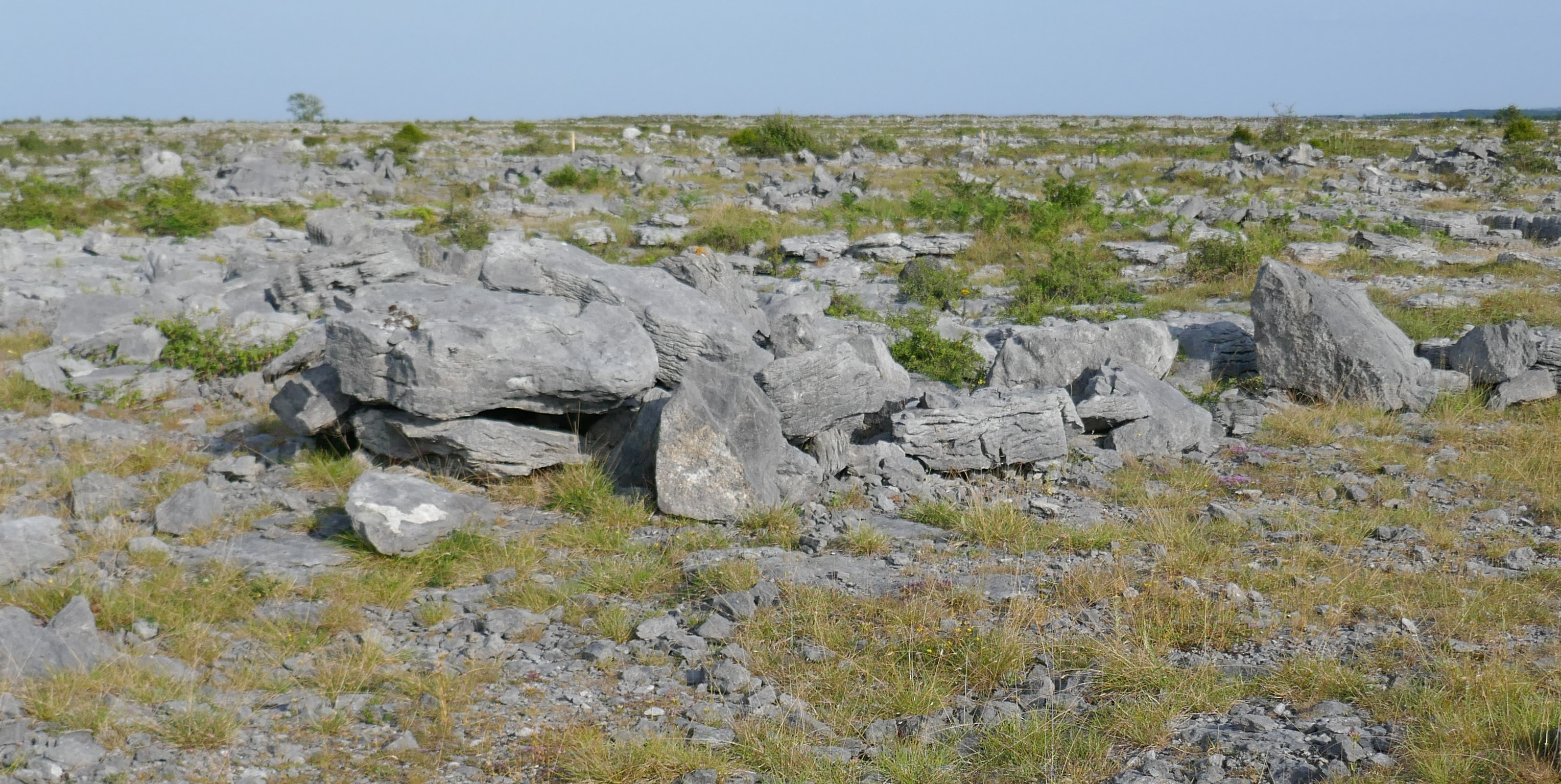
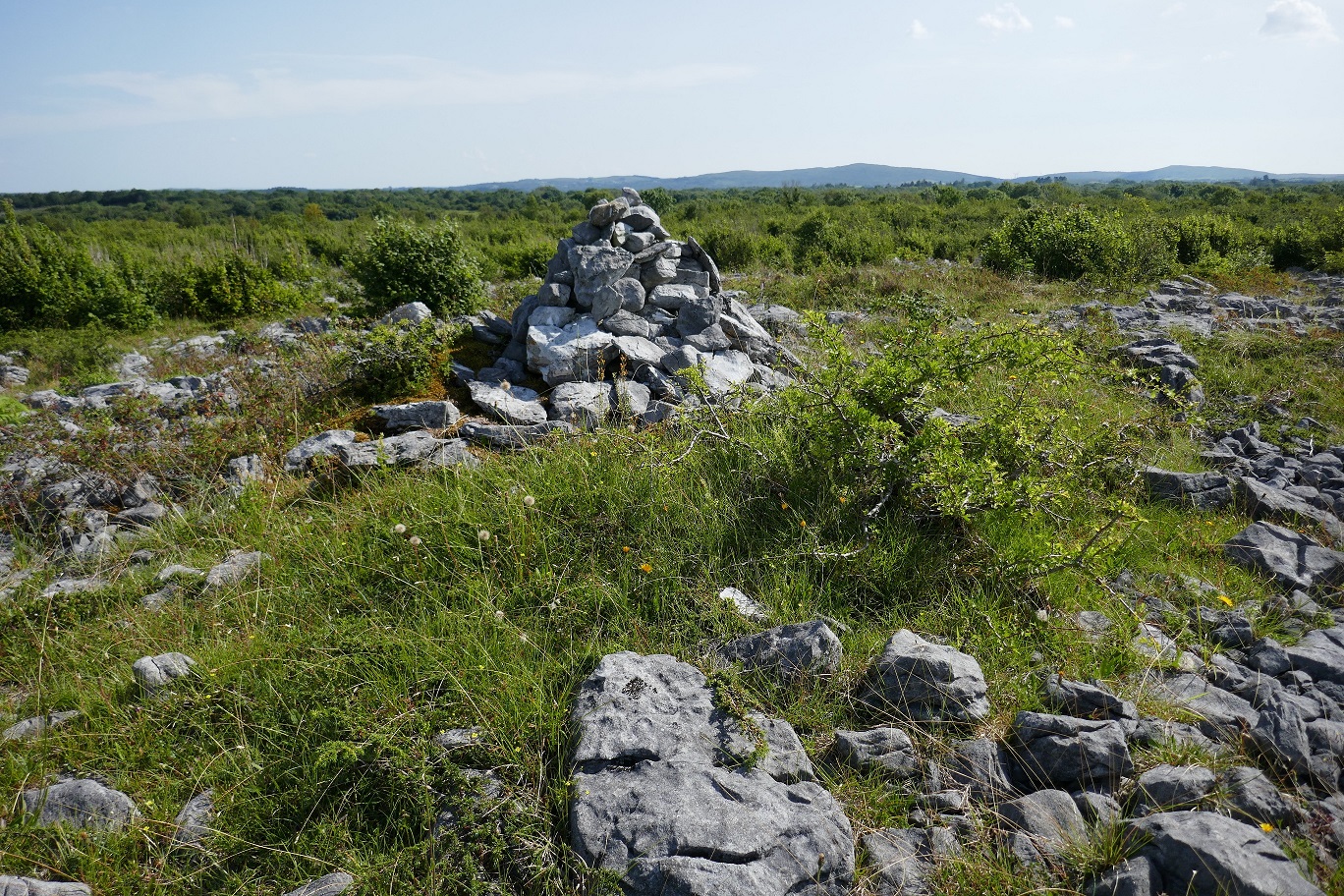
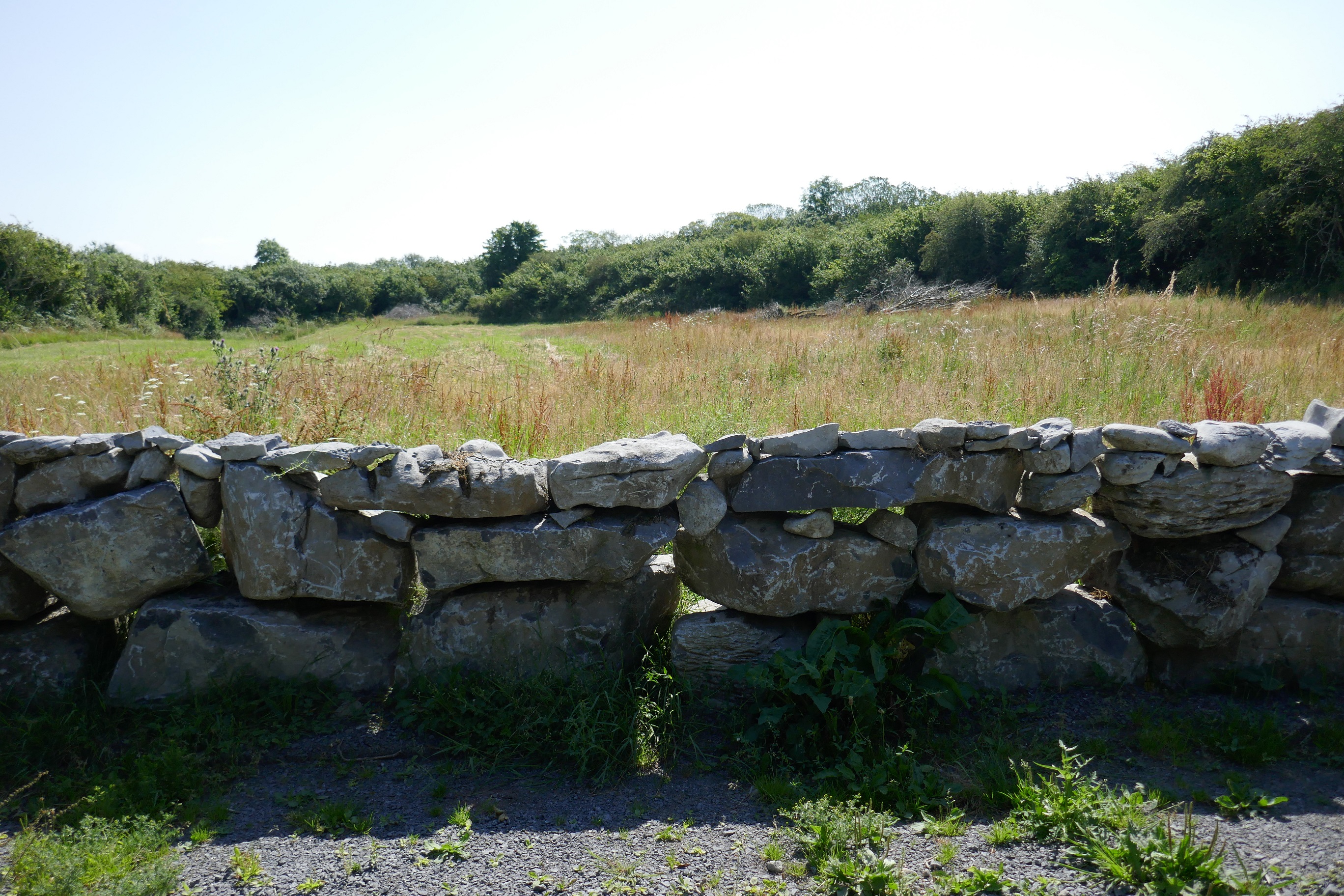
Butterfly Conservation Ireland contacted the area’s Conservation Officer and we received an acknowledgement and request for supporting information. Butterfly Conservation Ireland provided the information on August 30th, August 3rd and August 4th, 2021. After receiving no response from the Conservation Officer regarding any action taken, contact was again made by Butterfly Conservation Ireland asking whether the Conservation Officer wanted to make a statement for this report. The Conservation Officer directed Butterfly Conservation Ireland to the Department’s press office press@housing.gov.ie for an official comment. Butterfly Conservation Ireland contacted the Department on August 19th 2021. No acknowledgement or comment from the Department has been received to date (August 28th 2021).
We suggest that a daily report detailing the latest national ecological news be broadcast on RTE Radio’s Morning Ireland programme. It will not lack material.
Report Update
A reply was received from the Press Office of the Department of Housing, Local Government and Heritage on 7th September 2021.
The reply is set out below. Note: BCI did not correct any grammatical or spelling issues in the following reply.
1 Gortnandarragh Limestone Pavement SAC is designated for Limestone Pavement.
2 The reclamation that was complained of appears to be old and not of recent origin.
3 Fencing that was noted on site appears to consist of wooden posts for electric fencing and are not of a permanent nature.
4 There is an issue with the spread of invasive cotoneaster. This is species is an problem in a number of others sites such as the Burren SACs and some eskers. This would need to be addressed by means of some form of management plan but there is no immediate action that can be taken in respect of this problem.
5 As peat habitats are not qualifying interests for the site, it is not proposed to introduce any restrictions on this activity.
6 Some activity noted appears to be taking place outside of the SAC.
7 NPWS regional staff will continue to monitor the site.
Butterfly Conservation Ireland responded as follows.
Dear …..,
Thank you for your response.
Regarding Point 1
We accept that the site is designated for limestone pavement but important features, such as Juniper formations, do not exist independently of the designated habitat. These may be threatened by developments such as land clearance and cotoneaster encroachment. In regard to the land clearance issue, we trust that site packs have been issued to the landowners.
Regarding Point 2
The date of land reclamation on a limestone pavement site can be difficult to determine without dated photographs.
Regarding Point 3
The issue of concern did not include fencing but pertained to the construction of stone walls consisting of local slabs of limestone that can only be lifted by machinery. As the site is designated for limestone pavement, this issue is important and is prohibited by the Statutory Instrument (SI).
A photograph of the stone wall was included in my report to the ranger and can be seen at https://butterflyconservation.ie/wp/2021/08/28/the-continuing-story-of-irelands-biodiversity-crisis/
Regarding Point 4
It is important to point out the cotoneaster is at an early stage of encroachment, so prompt action now will prevent serious problems from developing.
Regarding Point 5
Regarding the site’s qualifying interests not including peat habitats, the site map in the SI appears to include the bog. Furthermore, the conclusion of the site synopsis (prepared by the National Parks and Wildlife Service) states:
“Gortnandarragh is valuable as an example of limestone pavement, an internationally important habitat which is listed with priority status, on Annex I of the E.U. Habitats Directive. It is also notable because the bog on the site is the type locality and only known station for Entoloma jennyi. Furthermore, there are interesting and diverse areas of heath, grassland, scrub and woodland, all contributing to a valuable site of considerable conservation interest”.
Regarding Point 6
The activity noted may be taking place outside the SAC boundaries but this is not established clearly in your response. The site maps can be found in the SI. These should be checked.
Regarding Point 7
We are encouraged to learn that NPWS regional staff will continue to monitor the site. We trust the regional staff will take the actions required to protect the site from damage.
Jesmond Harding
Conservation Officer
Butterfly Conservation Ireland
Butterfly Conservation Ireland is not satisfied with the response received. The deterioration of our legally protected sites bodes ill for the rest of our landscape. We need everyone to realise the farce often played out concerning biodiversity. If anyone is looking for a symbol for the absence of care for our biodiversity by our government and state, look at where the National Parks and Wildlife Service is based. It is currently located within the Department of Housing, Local Government and Heritage. Note that heritage appears last in the list, itself emblematic of the priority accorded to biodiversity. Butterfly Conservation Ireland invites members of the public to write to Malcolm Noonan, TD, Minister of State for Heritage and Electoral Reform (the Minister responsible for the National Parks and Wildlife Service )and Pippa Hackett, TD, Minister of State and Spokesperson for Land Use and Biodiversity and ask why our special places are allowed to be damaged, and why the National Parks and Wildlife Service does not have the status, resources and leadership that reflects the urgent need to tackle our biodiversity crisis.
Malcolm Noonan https://www.oireachtas.ie/en/members/member/Malcolm-Noonan.D.2020-02-08/, https://www.malcolmnoonan.com/get-in-touch
Pippa Hackett https://www.oireachtas.ie/en/members/member/Pippa-Hackett.S.2019-11-01/, https://www.greenparty.ie/people/pippa-hackett/


